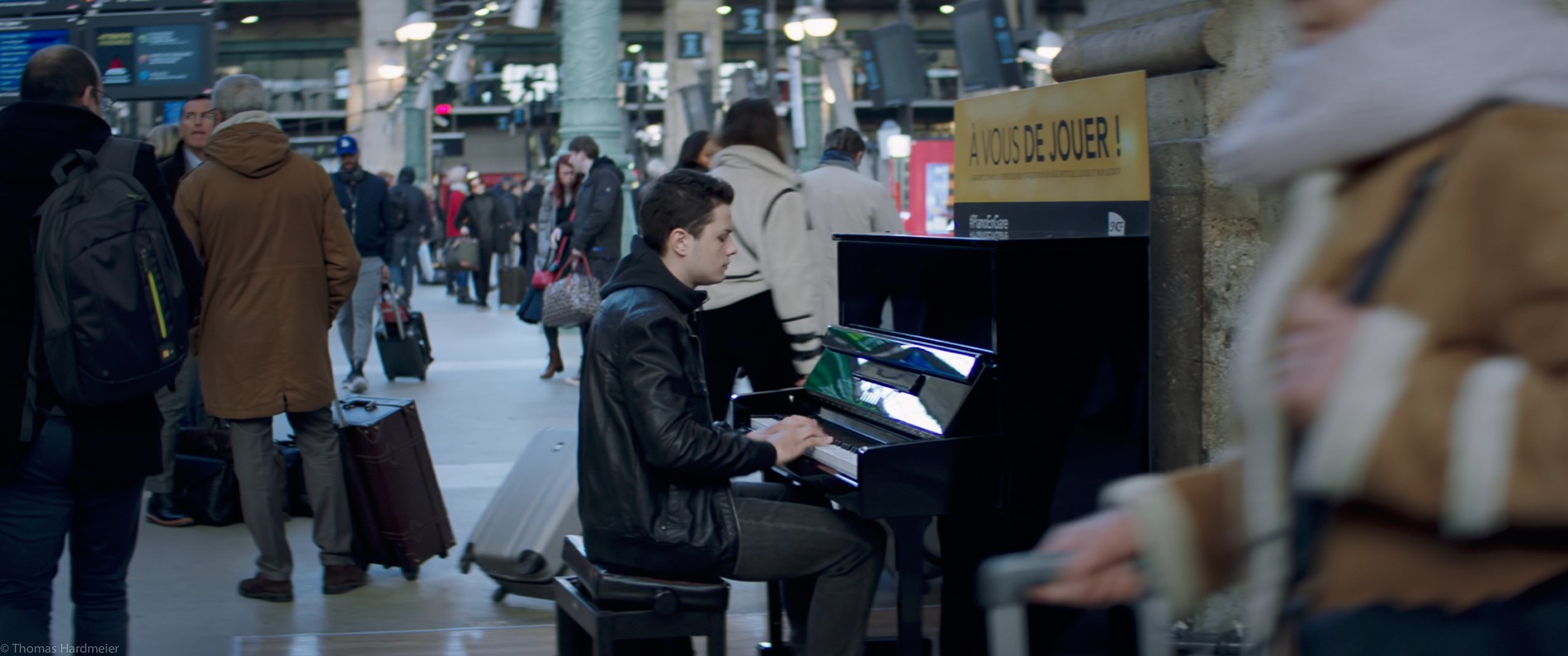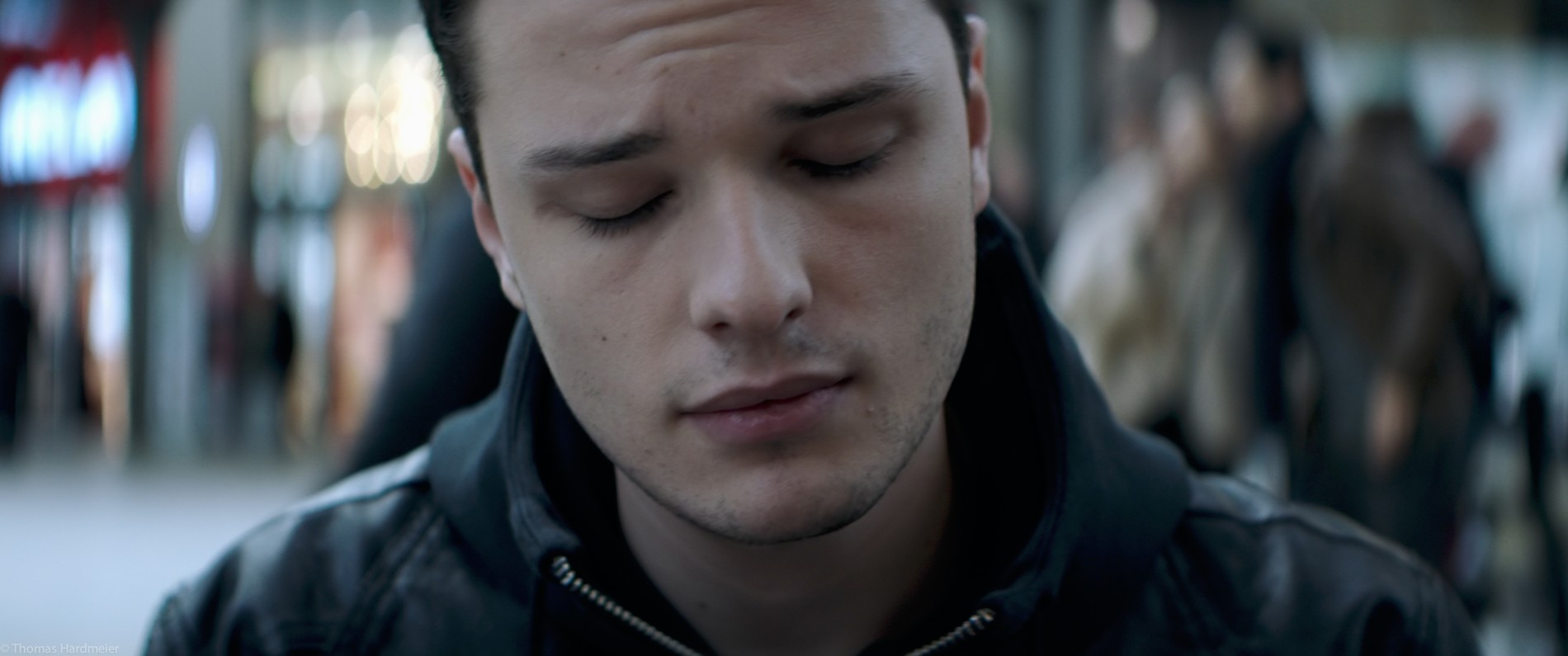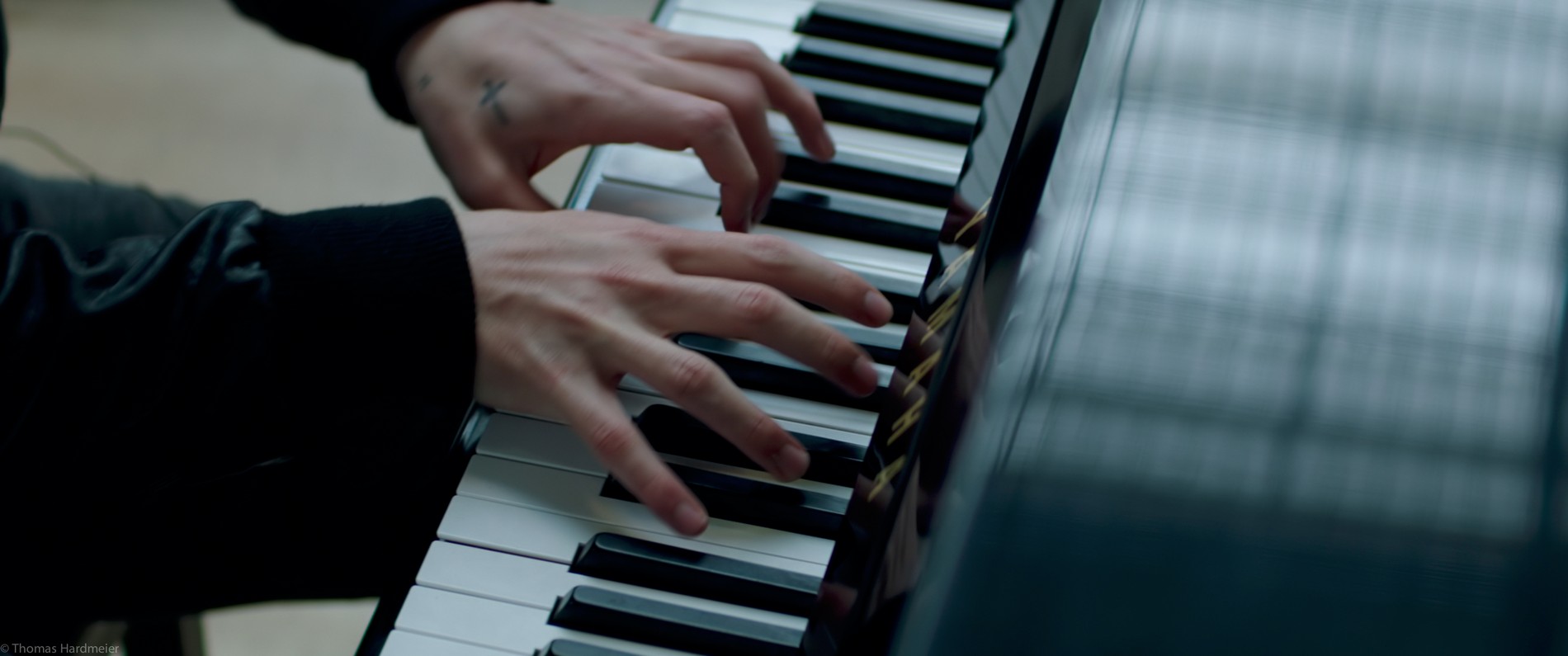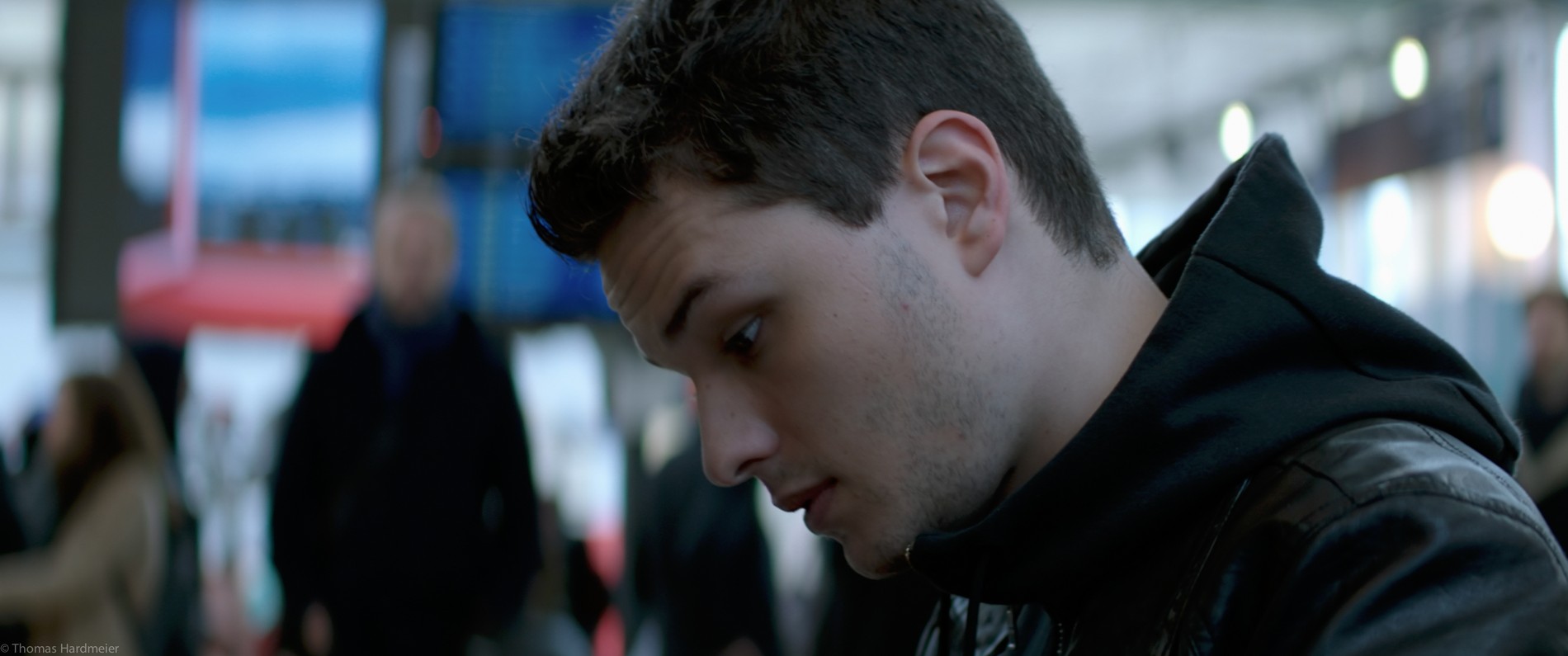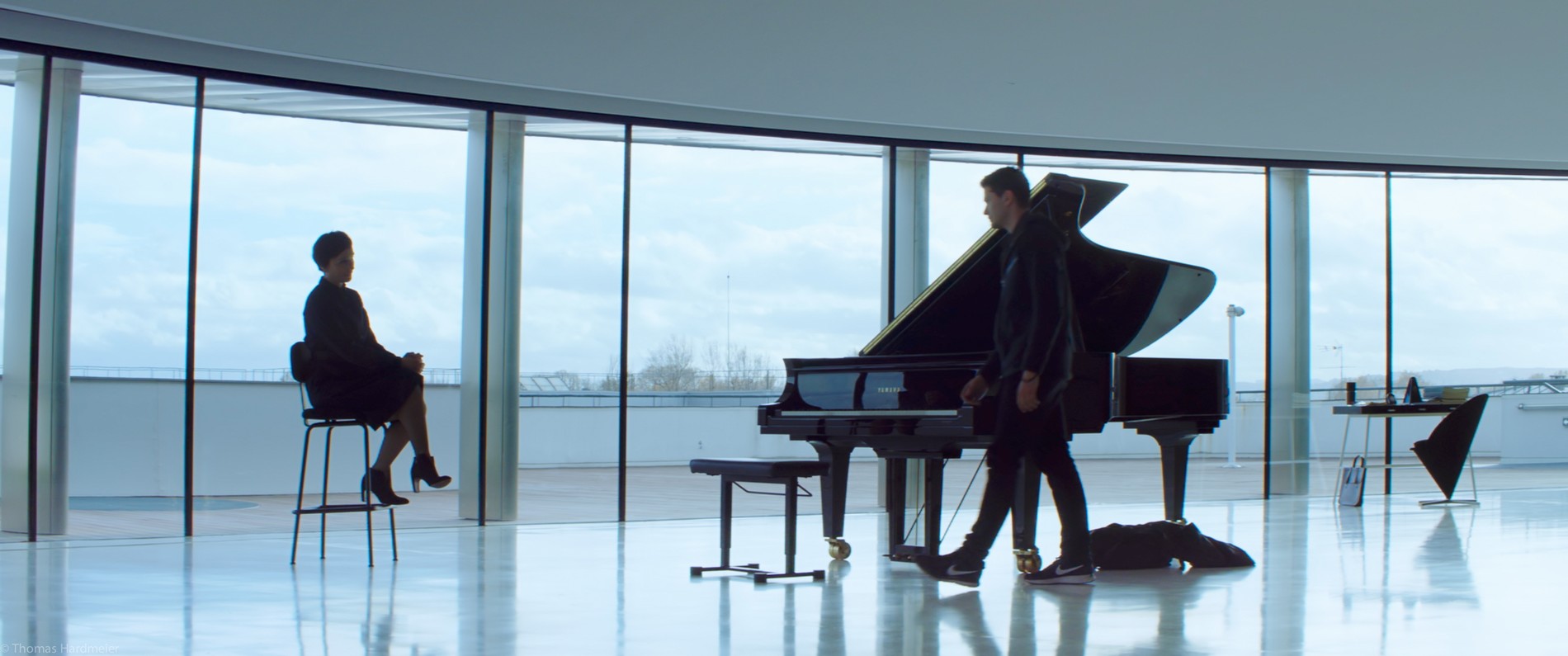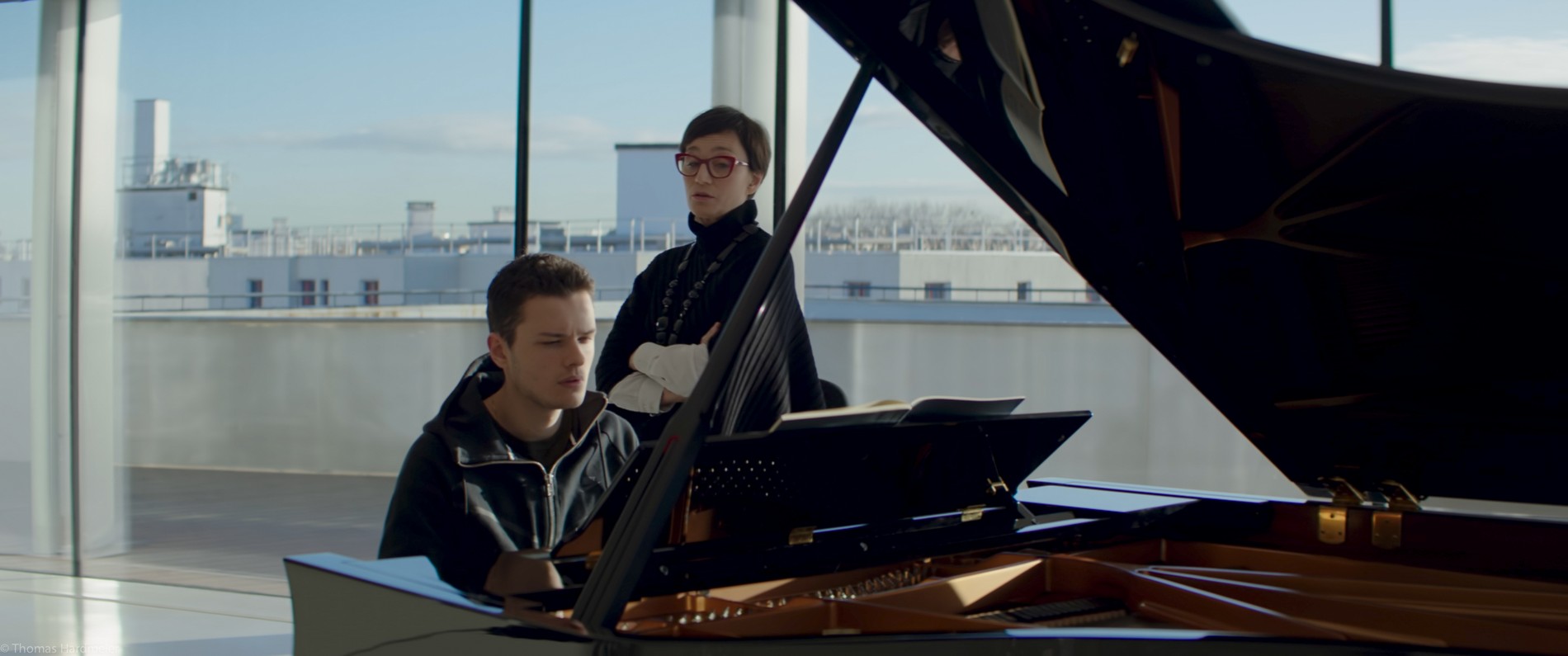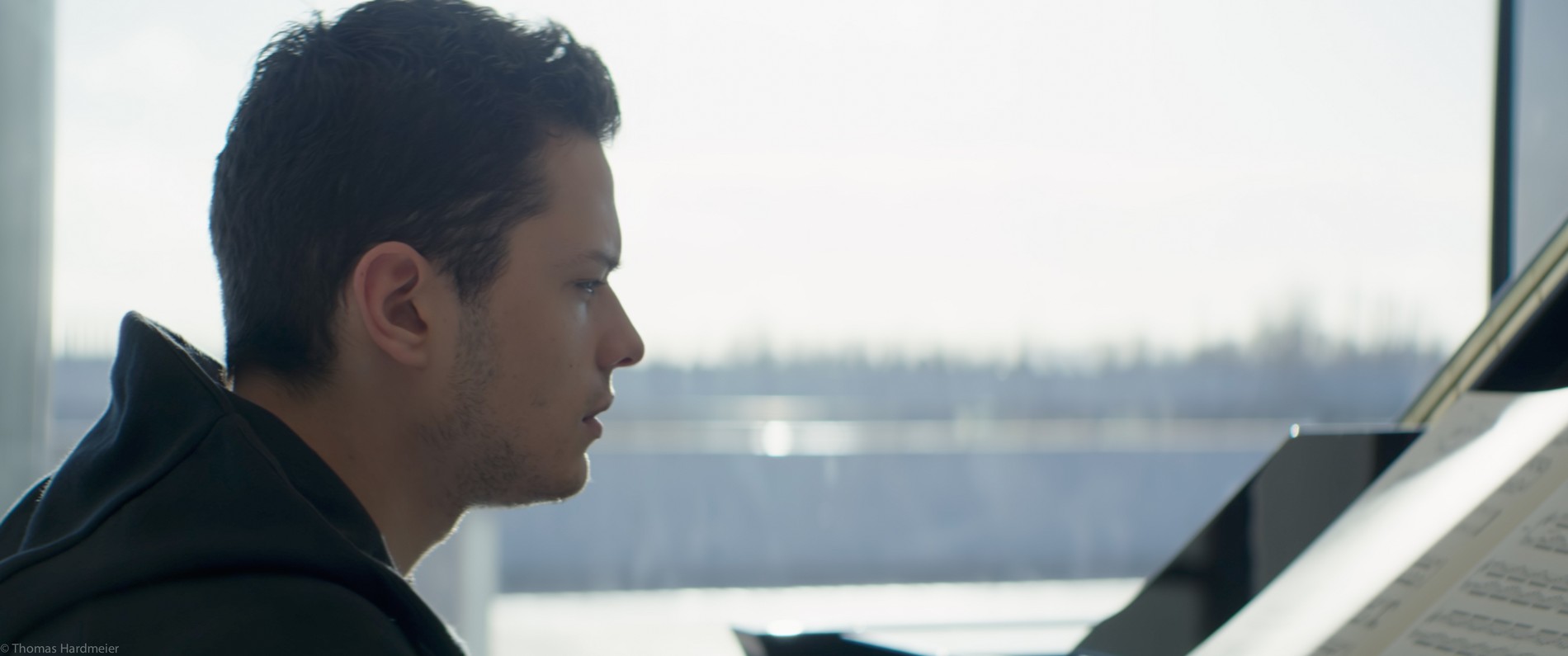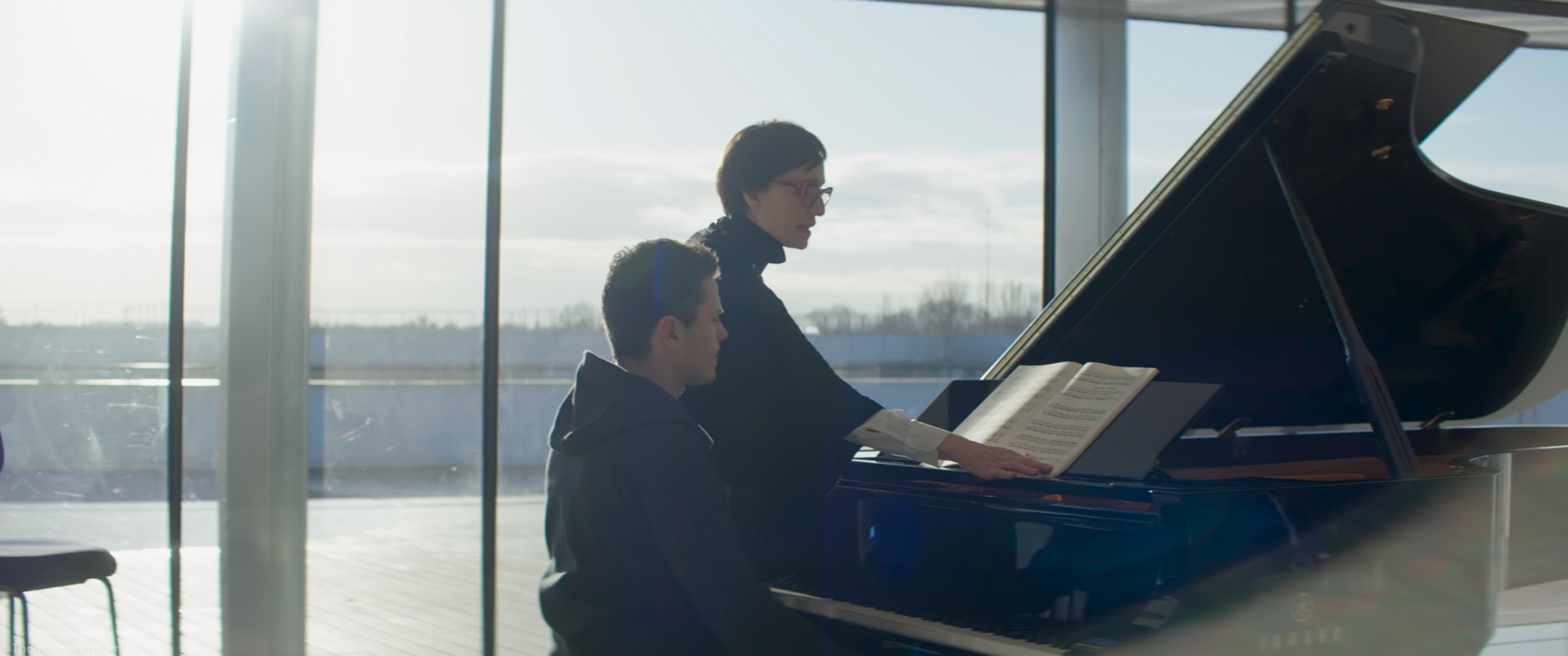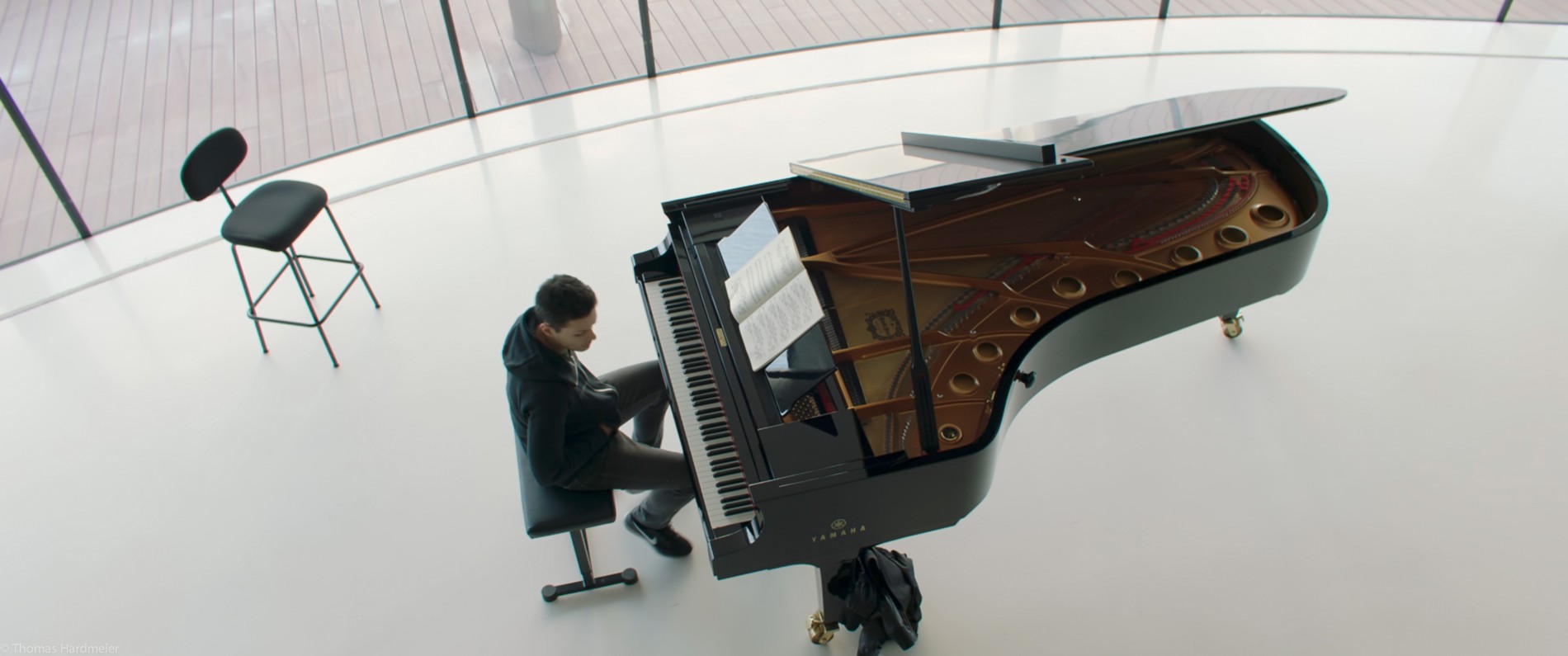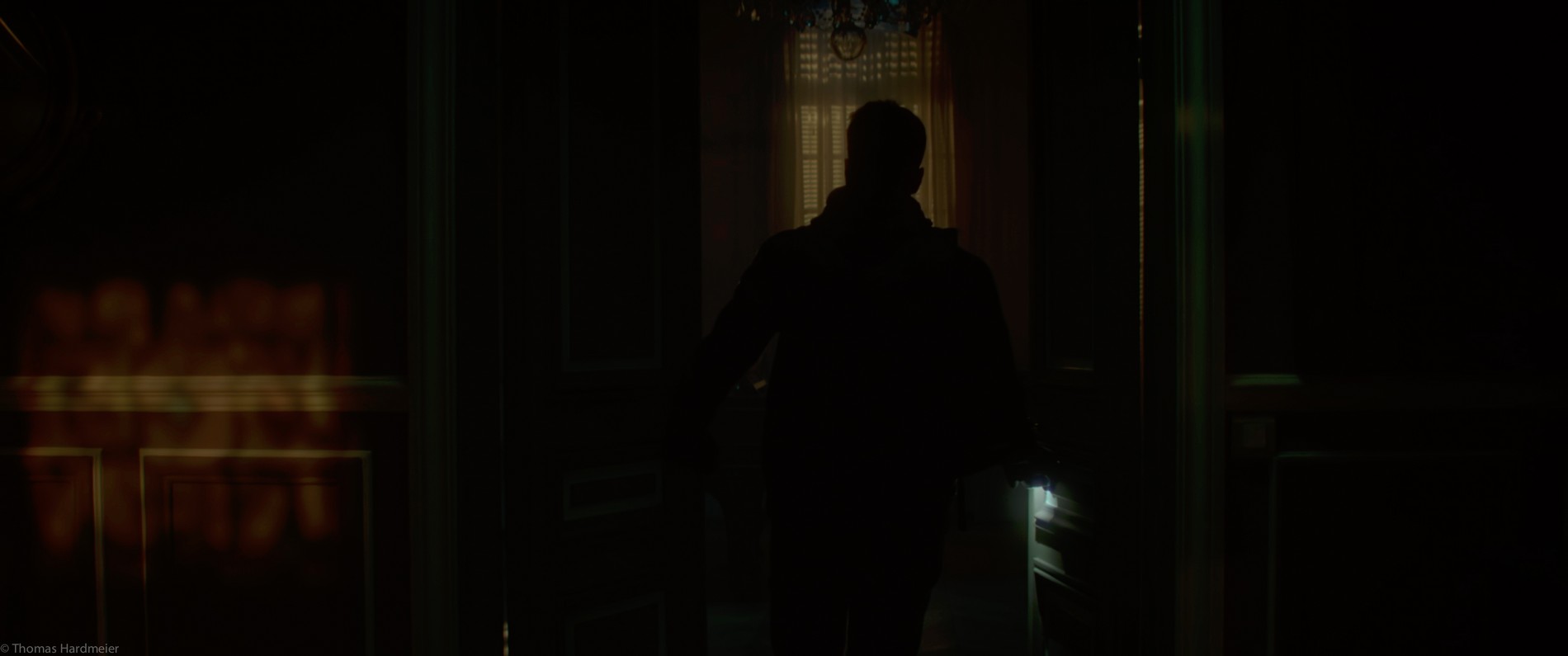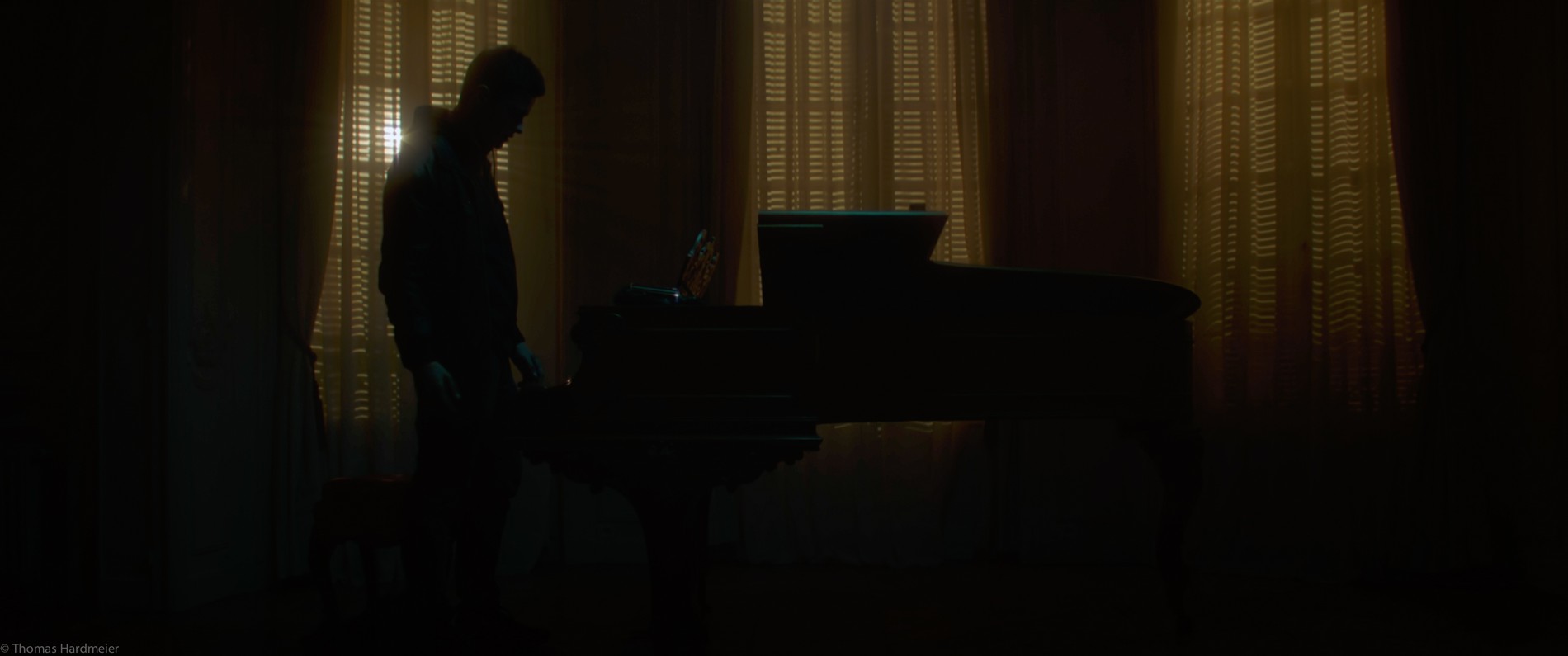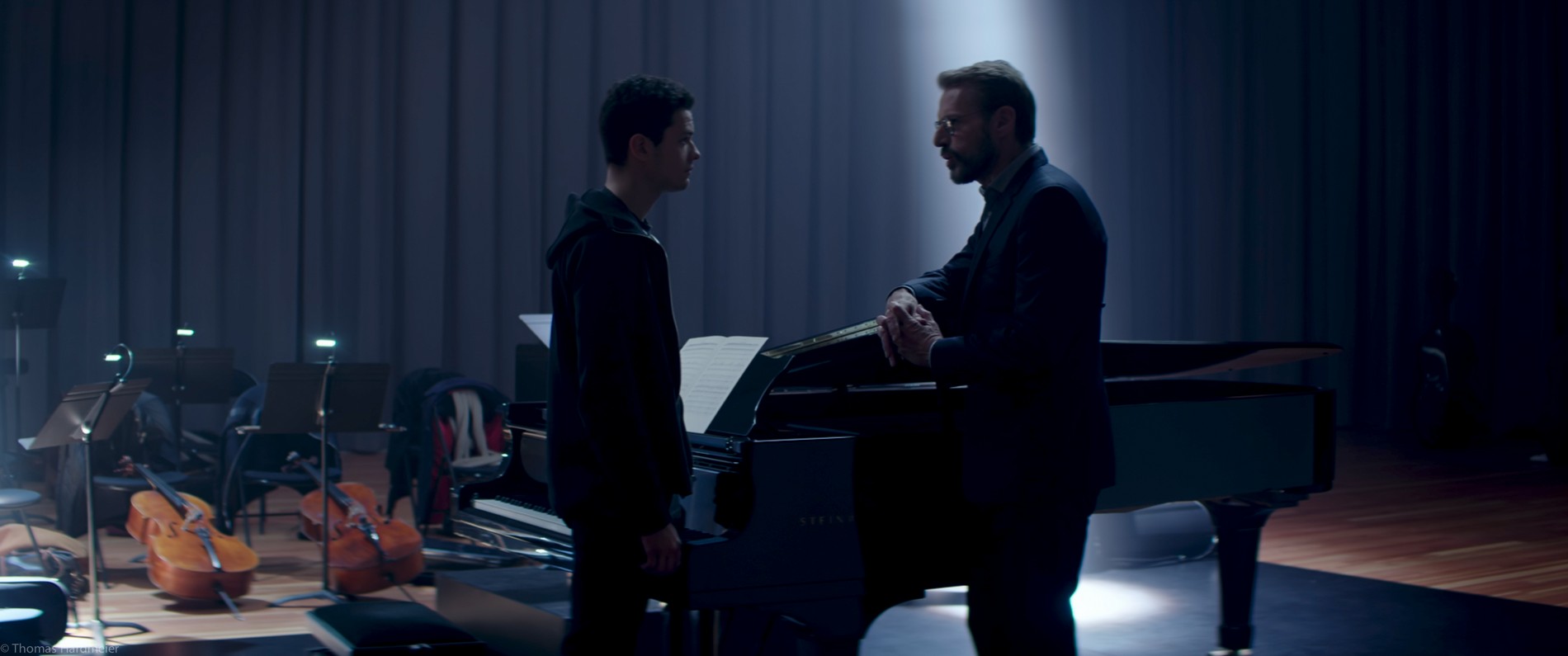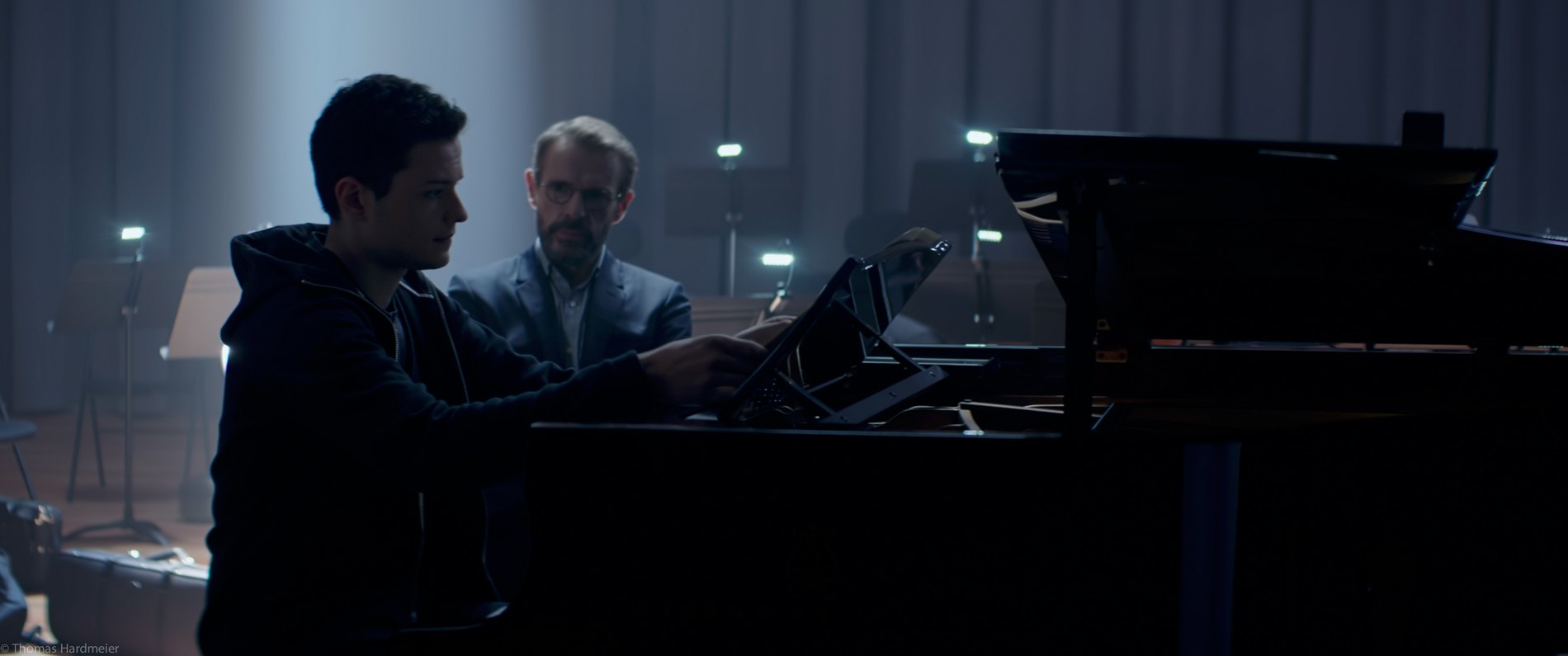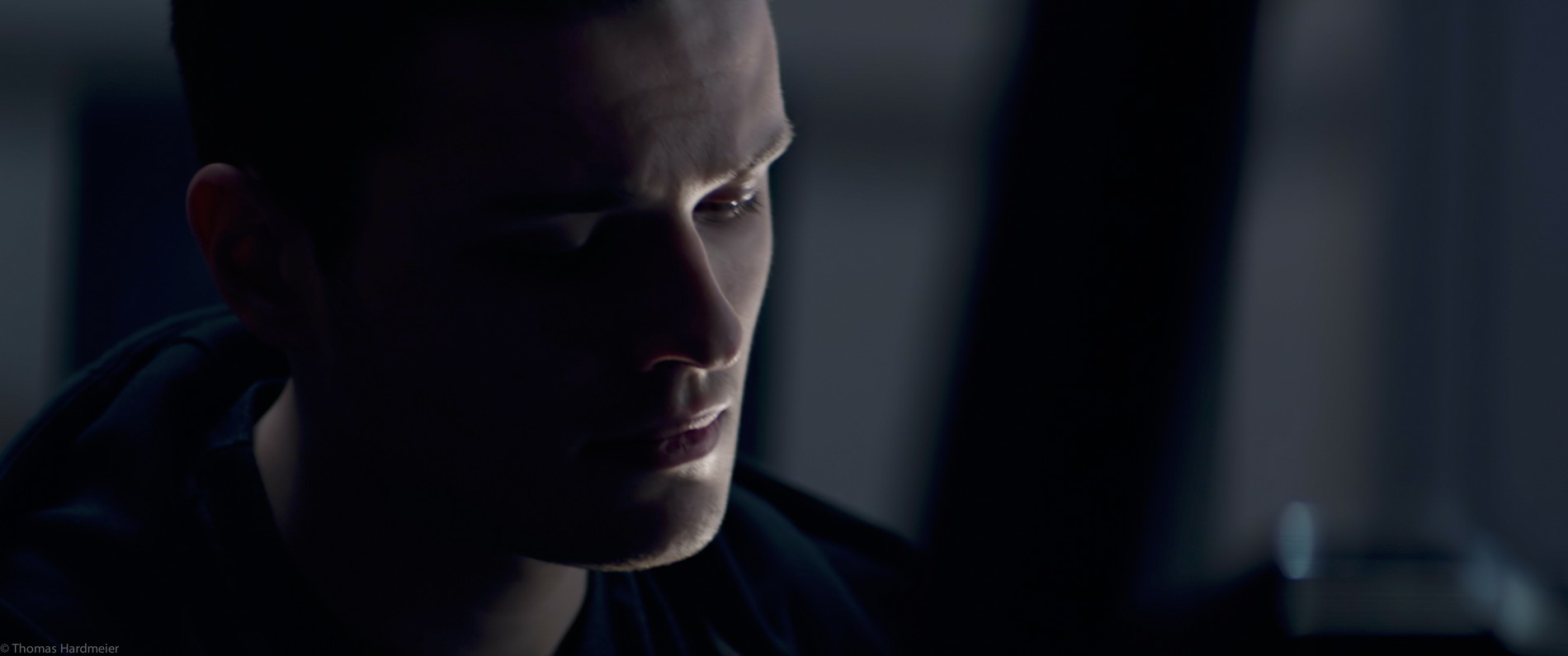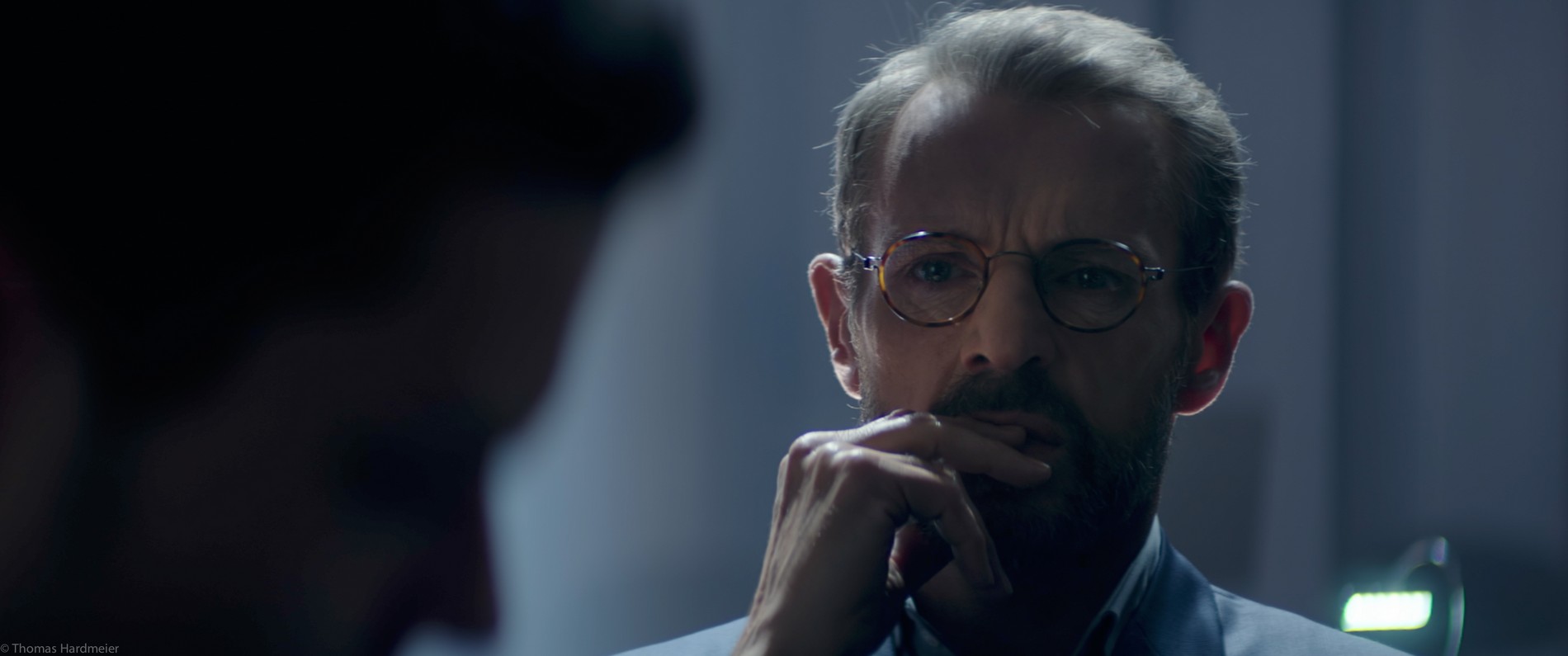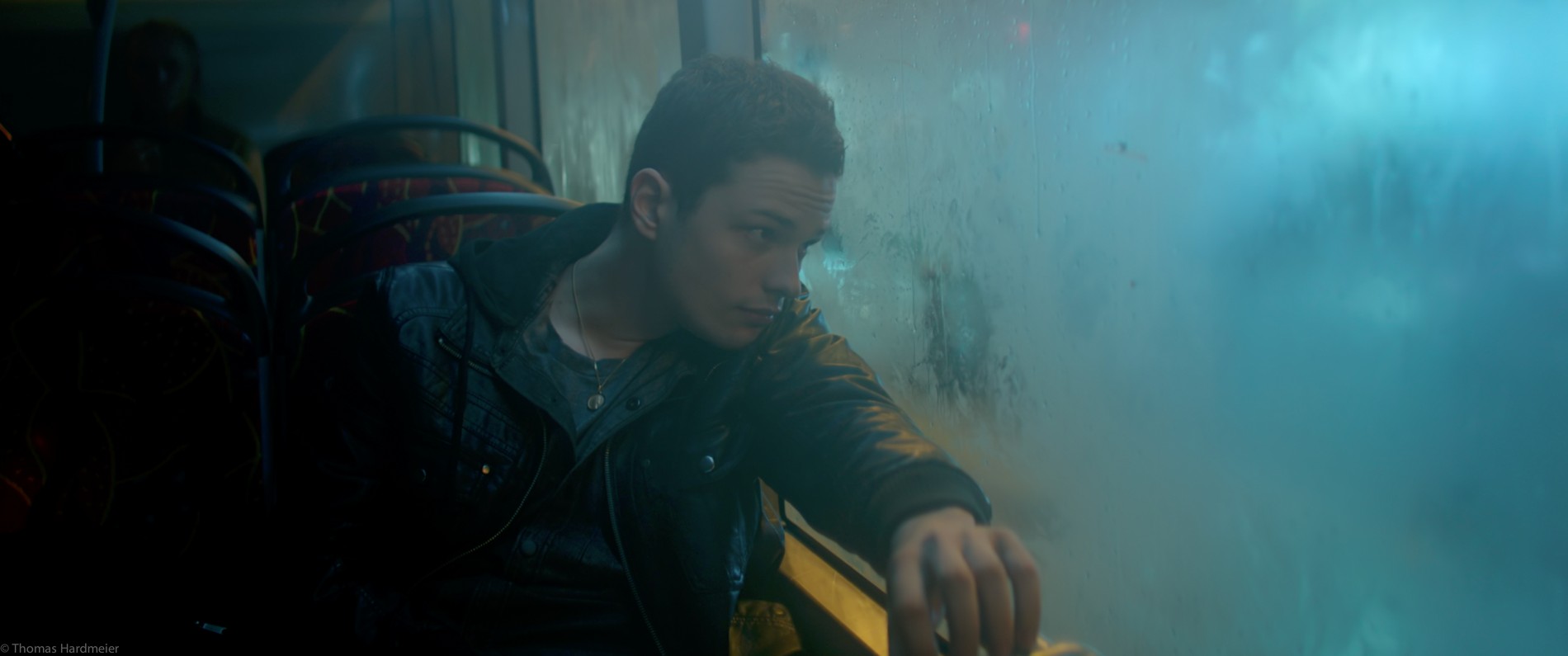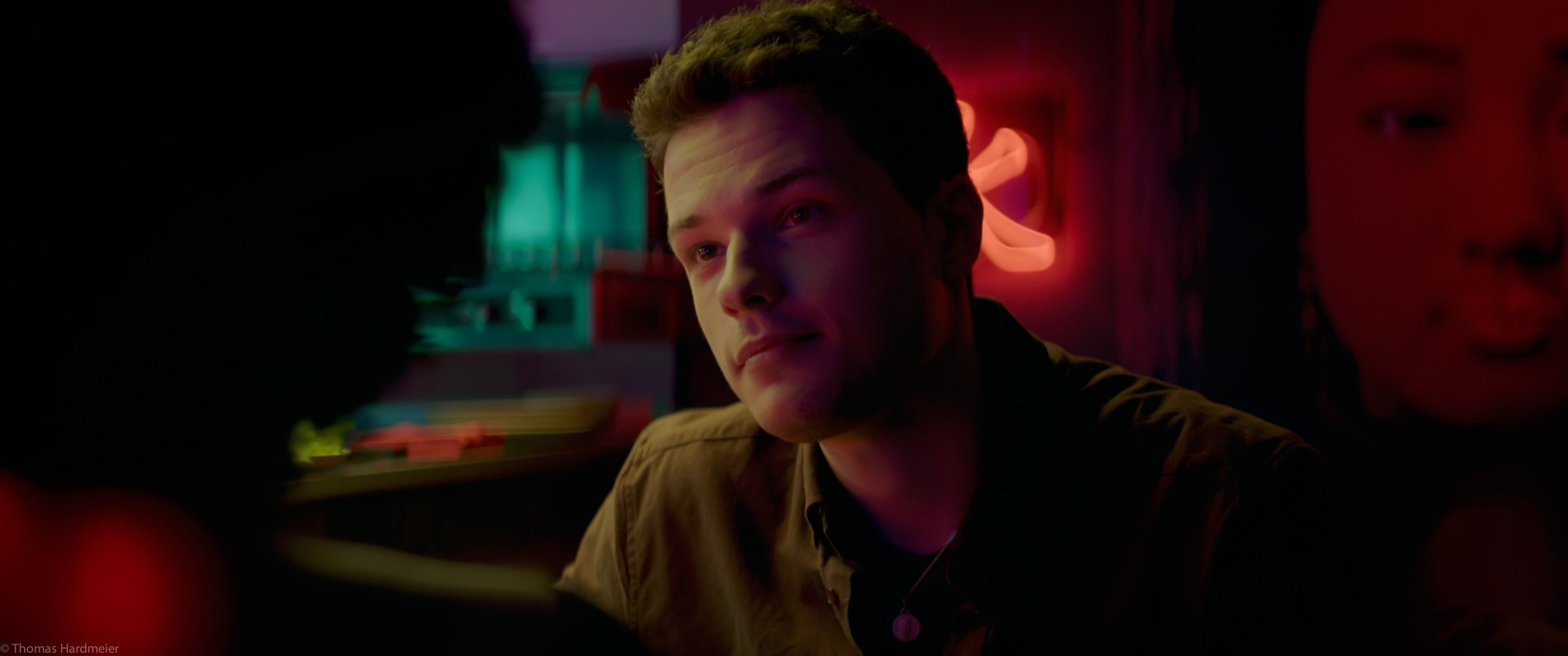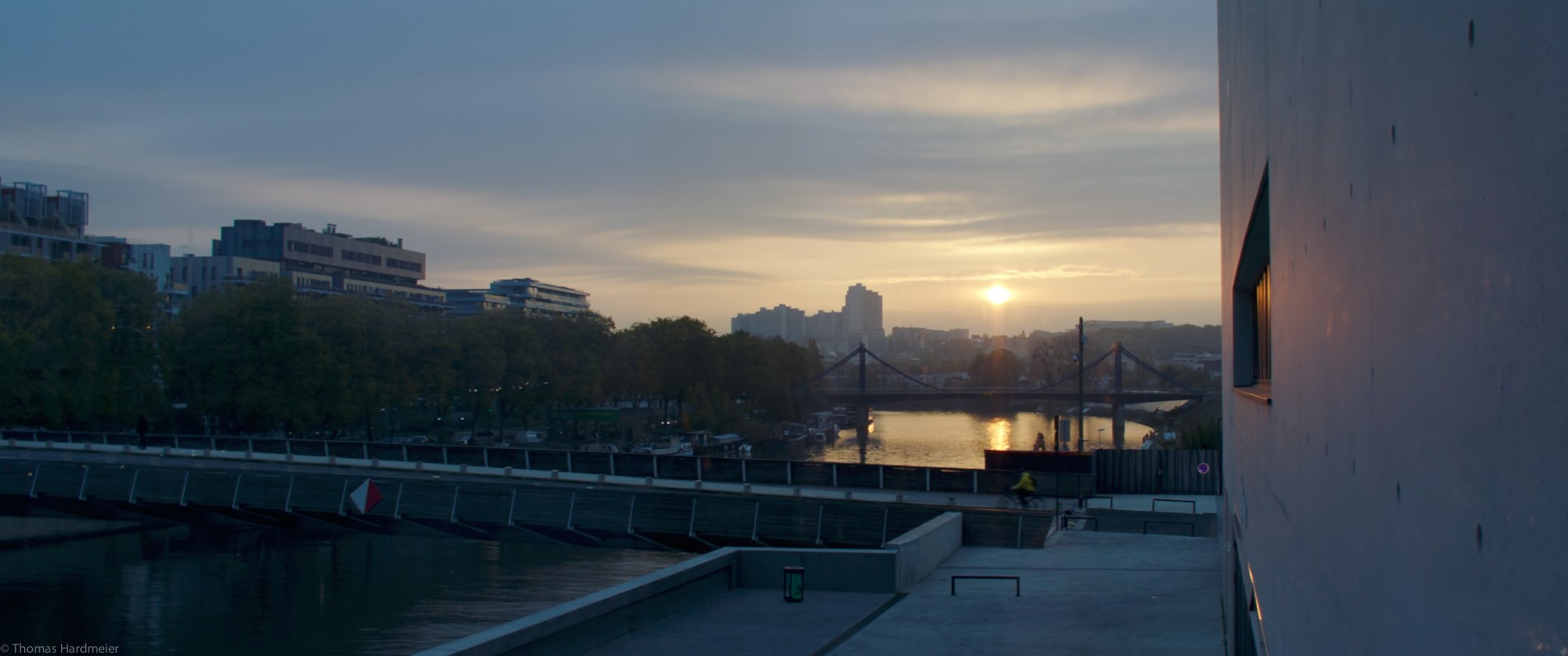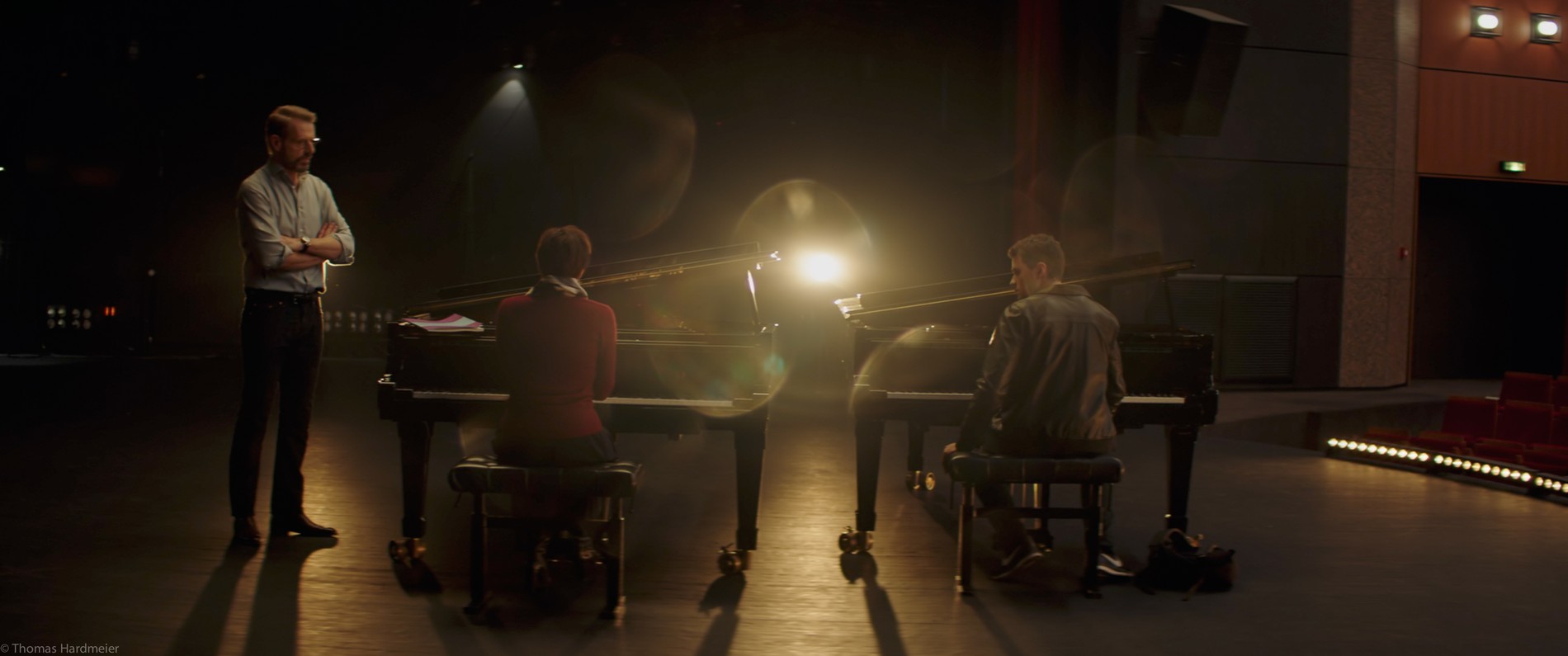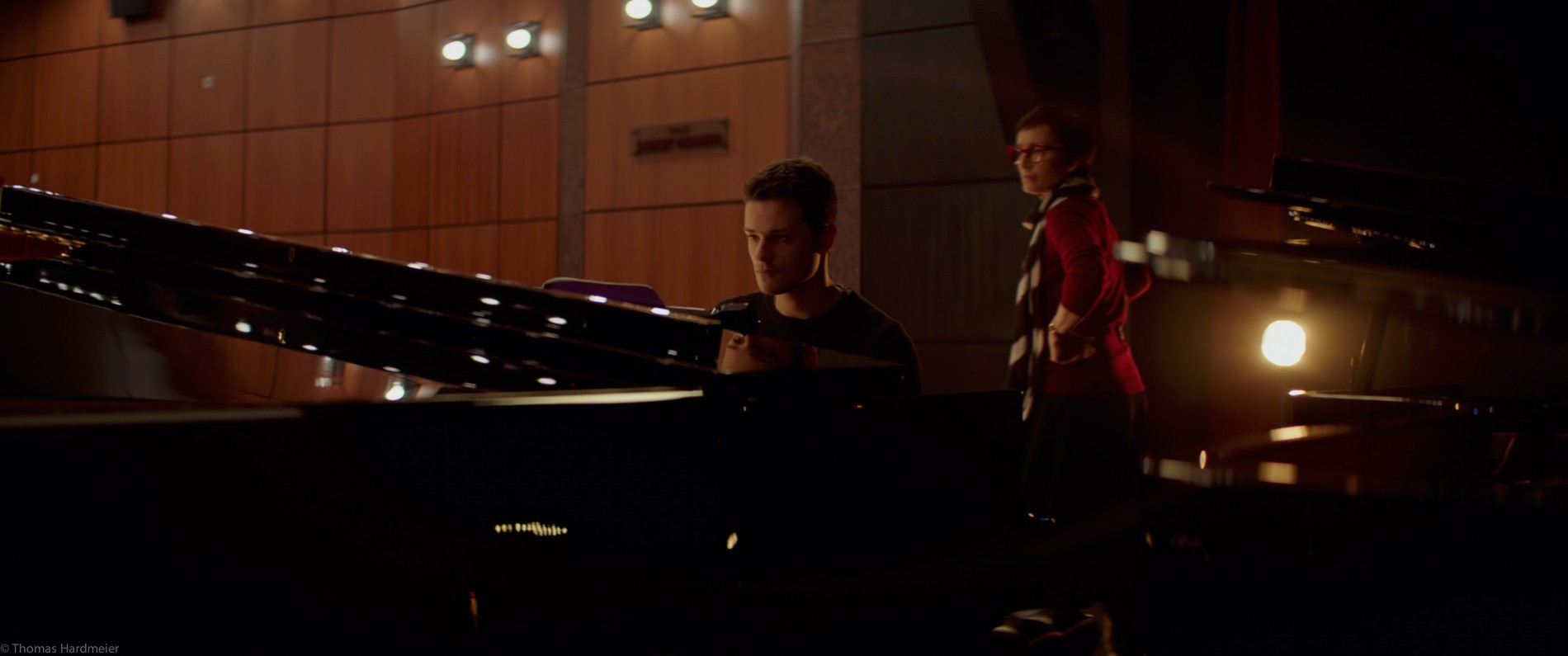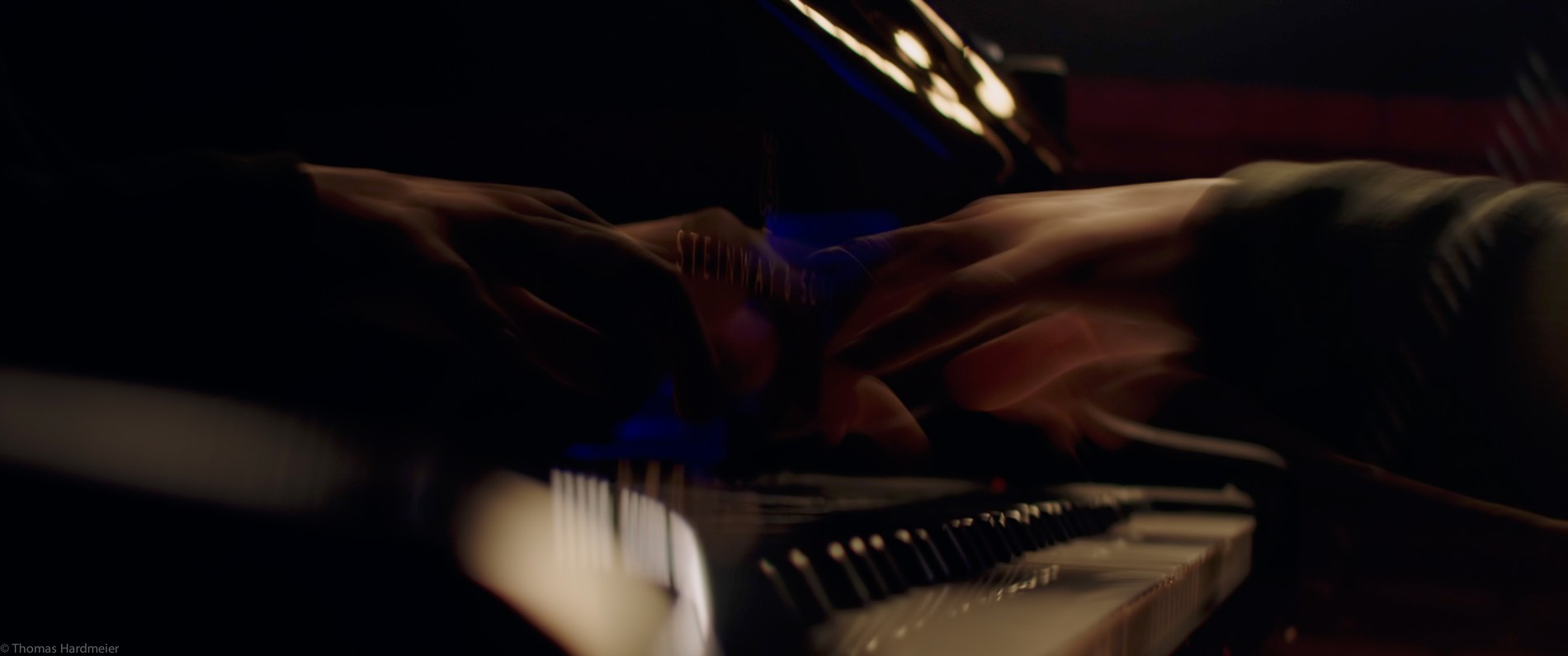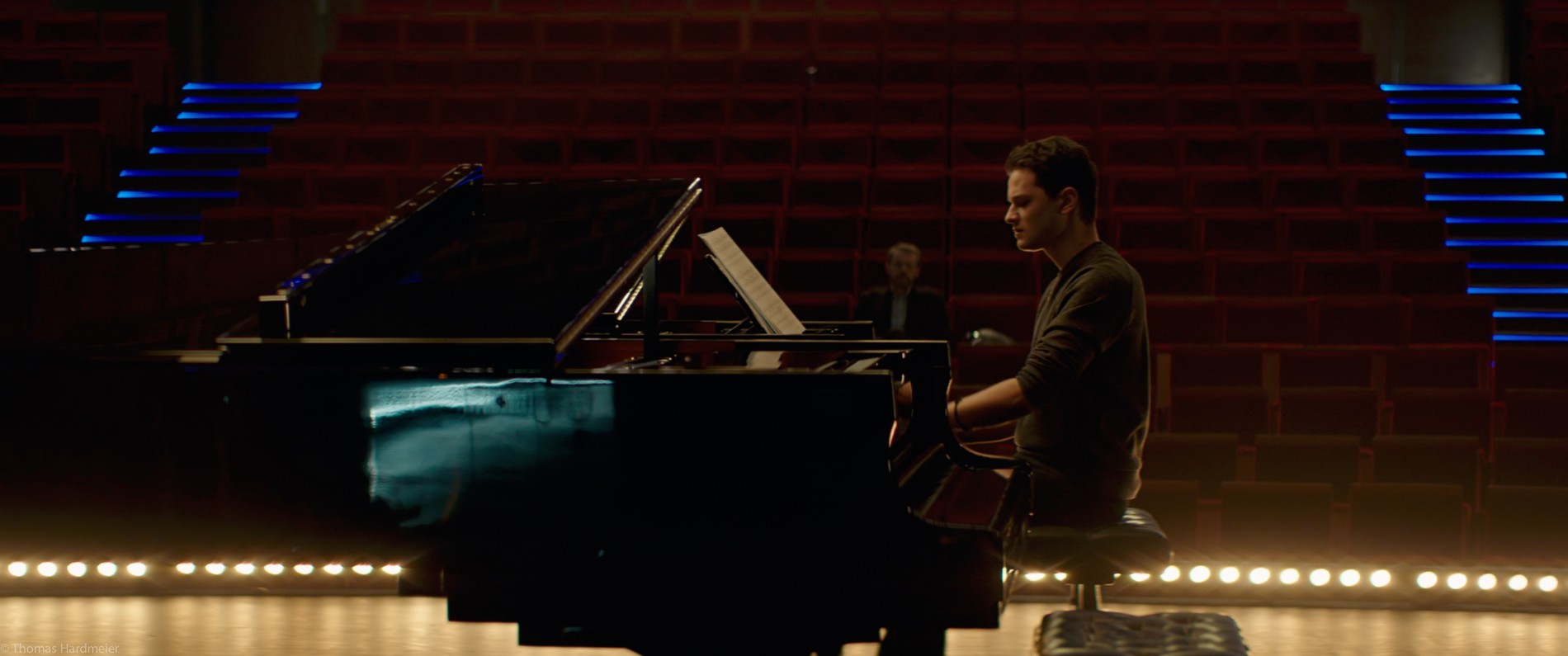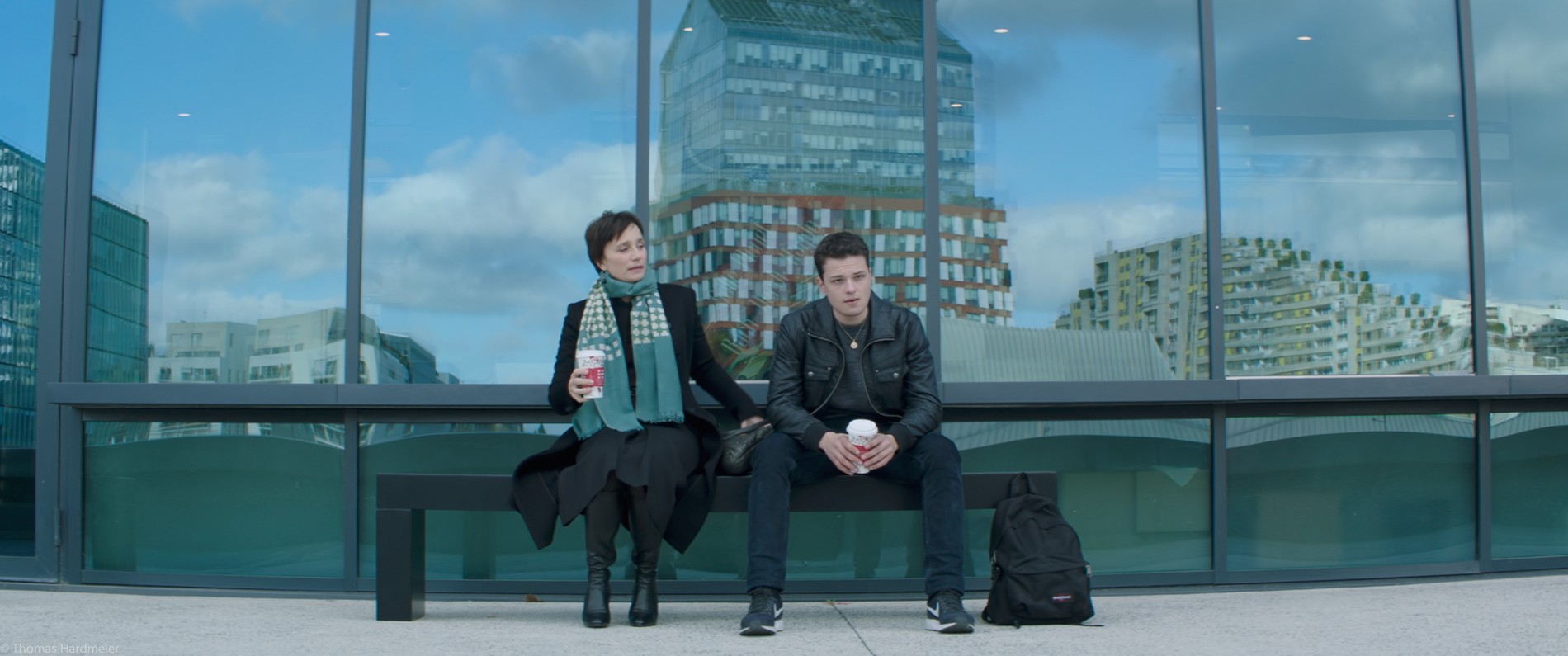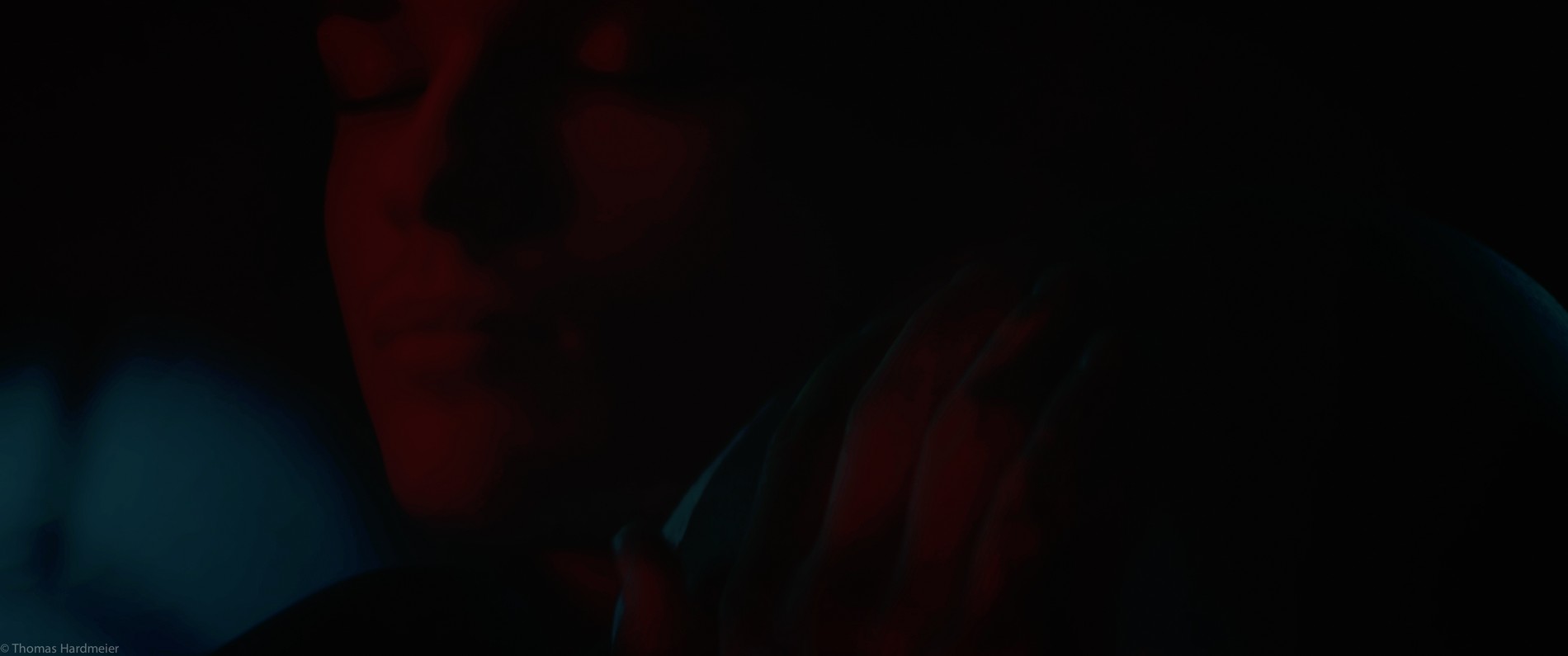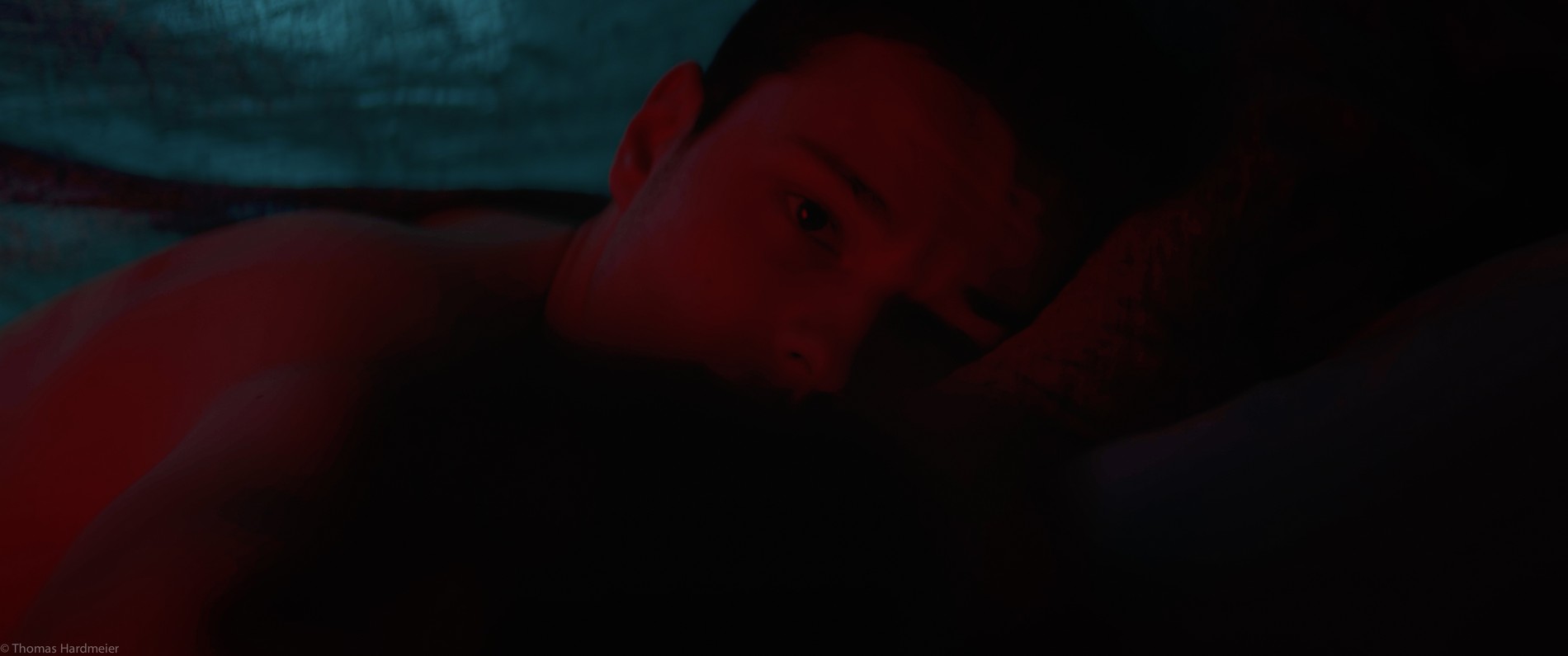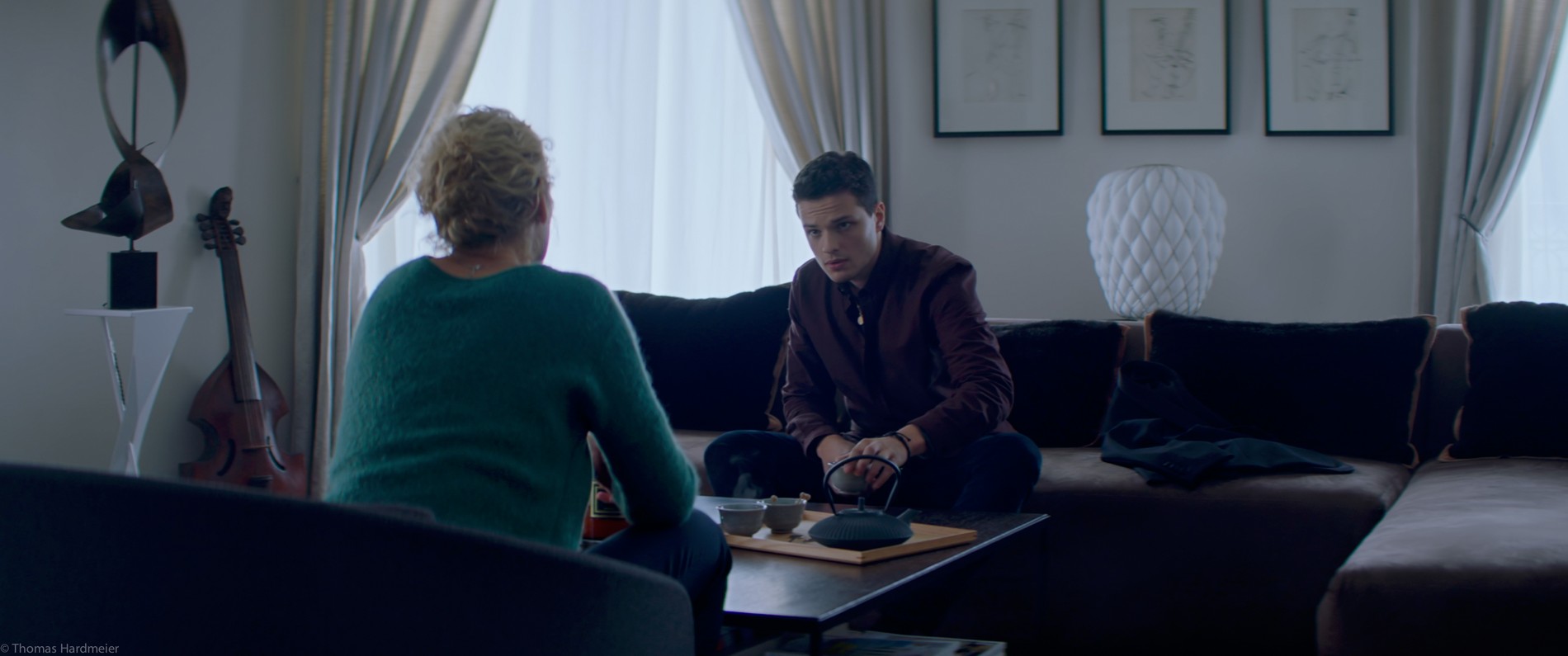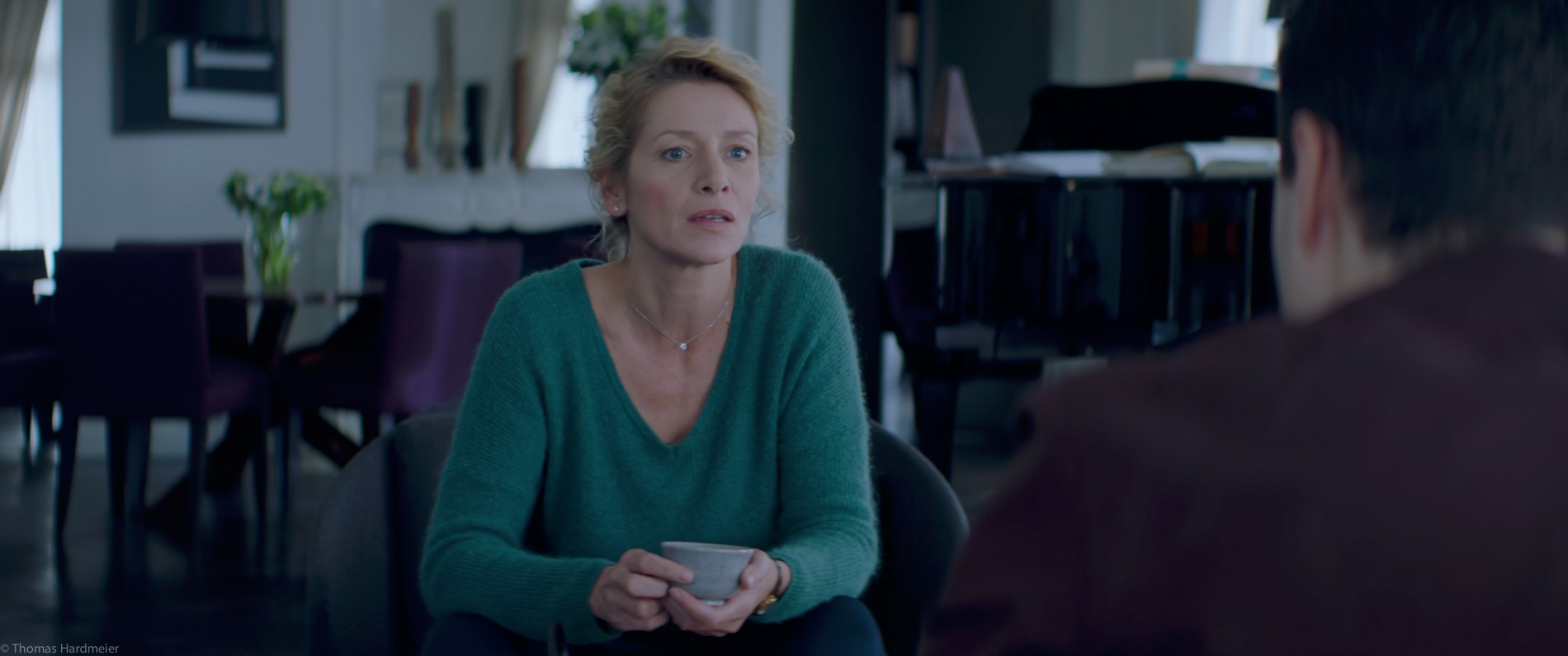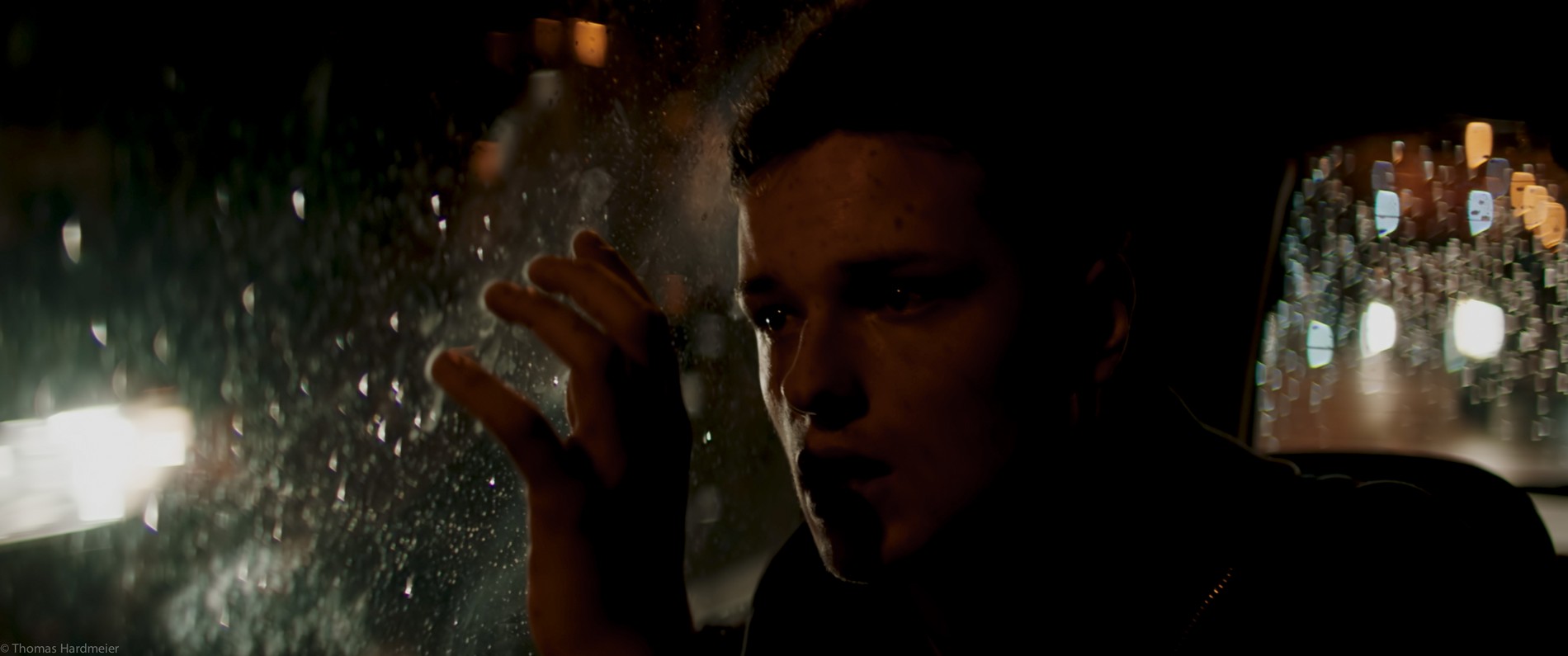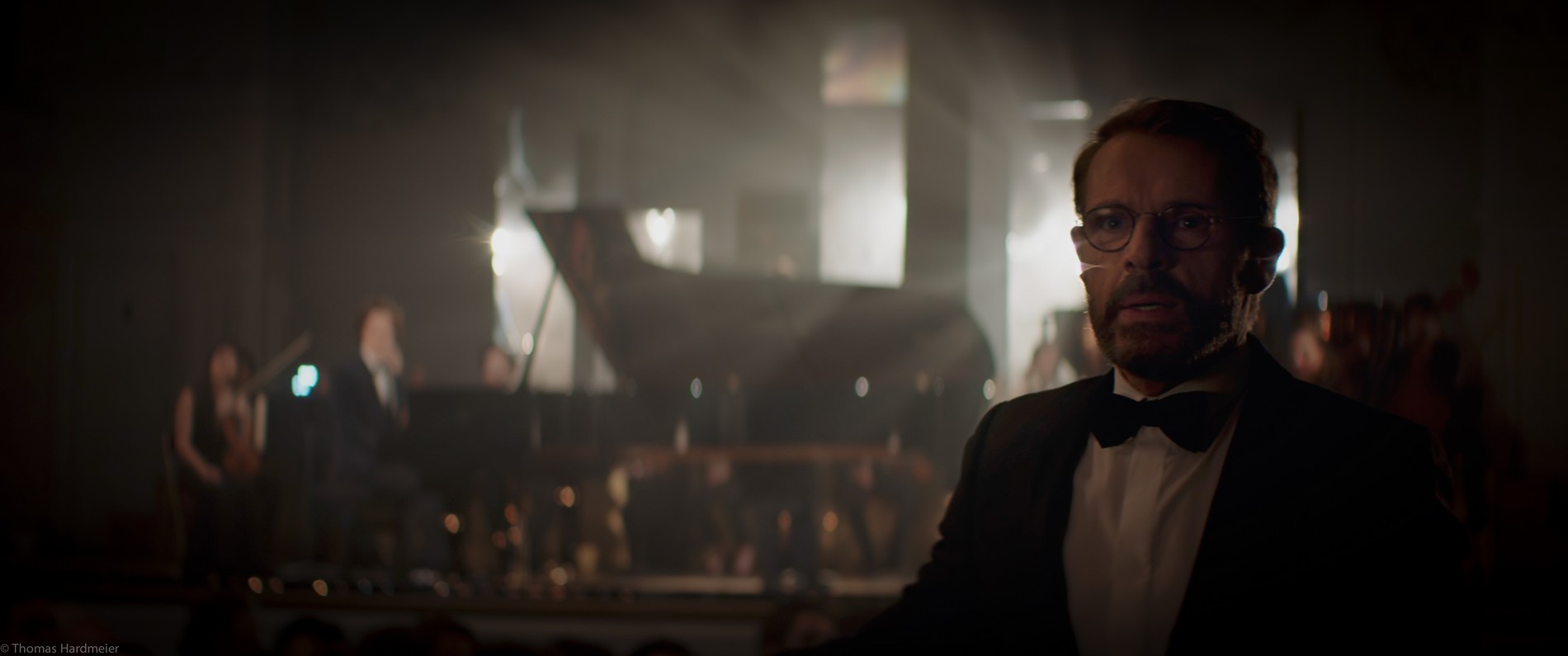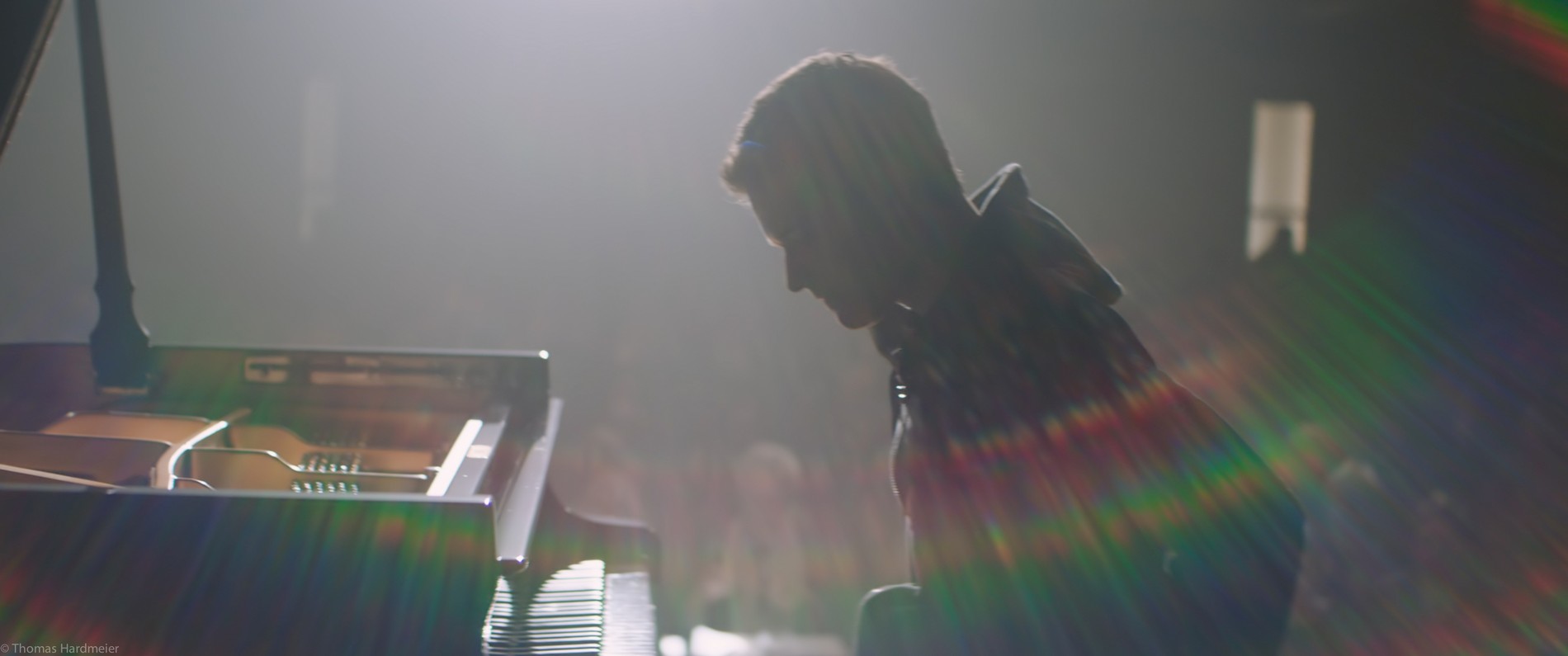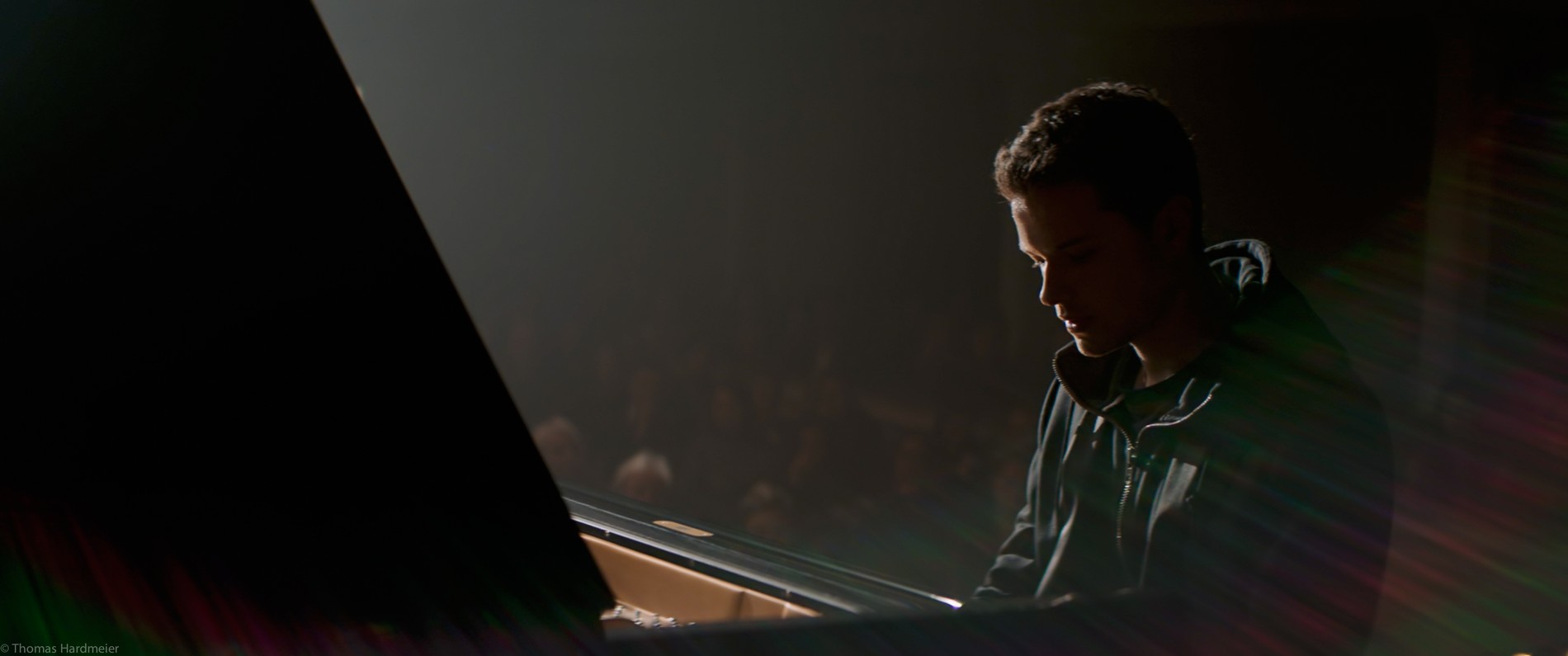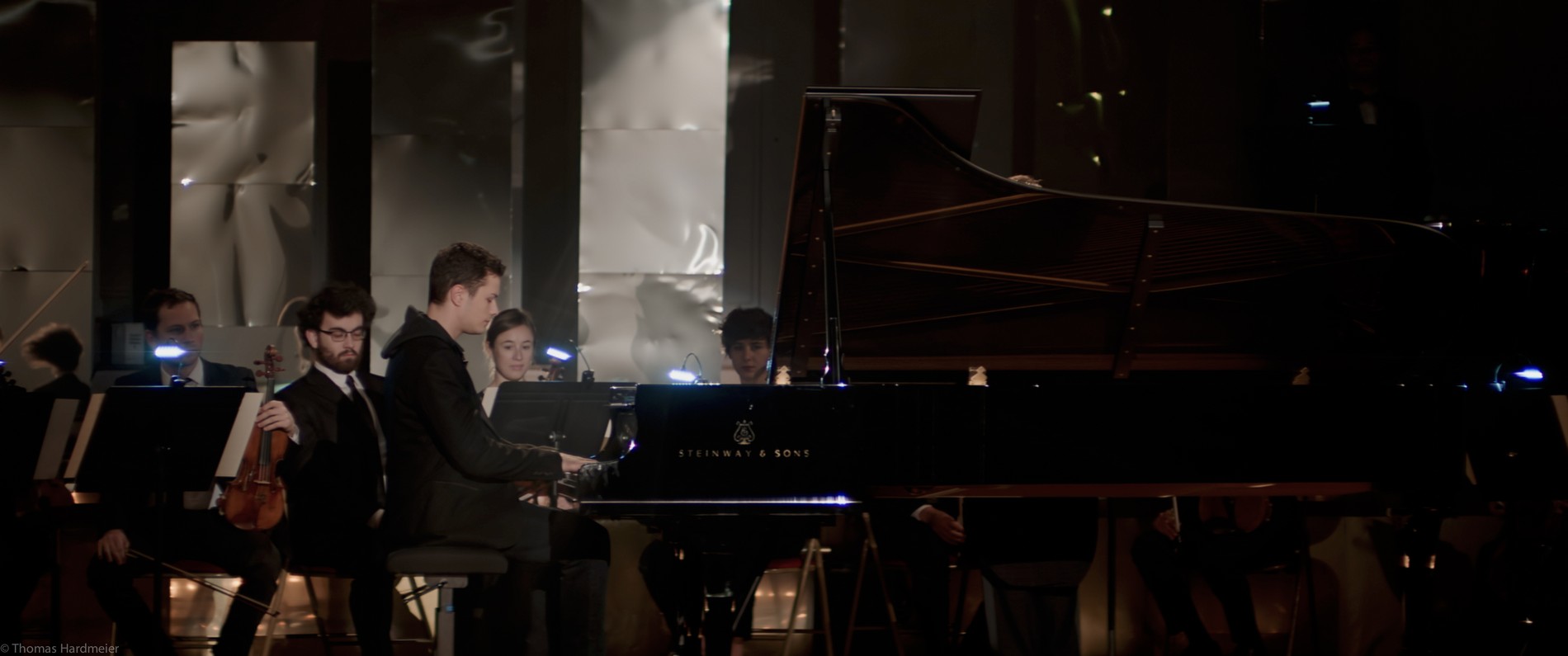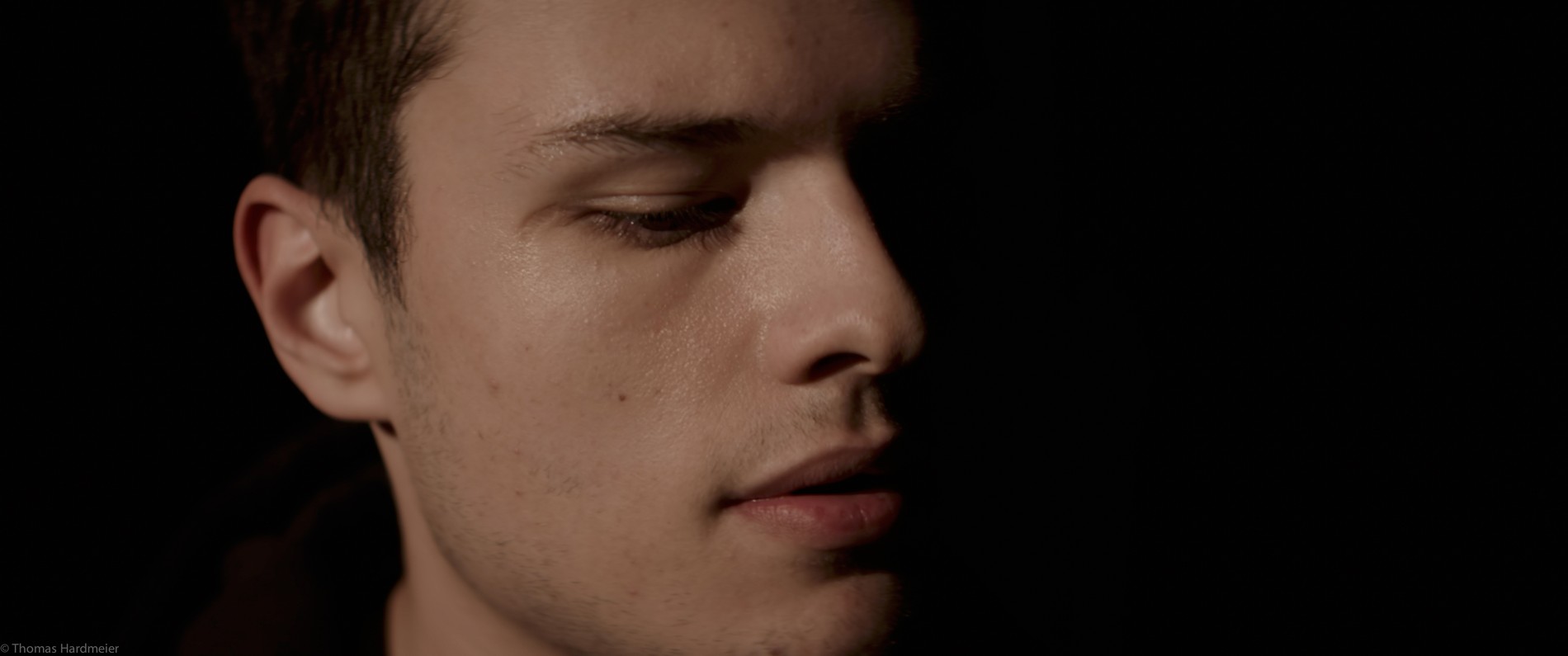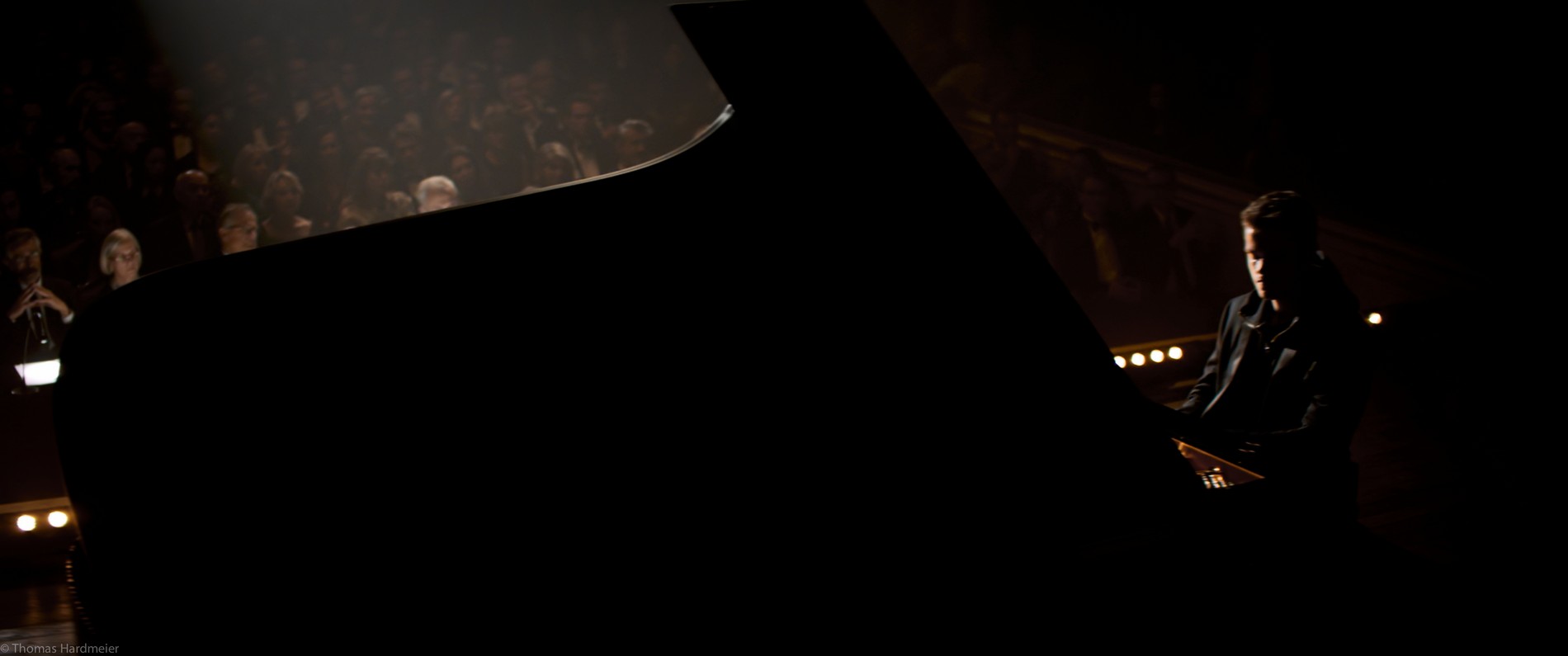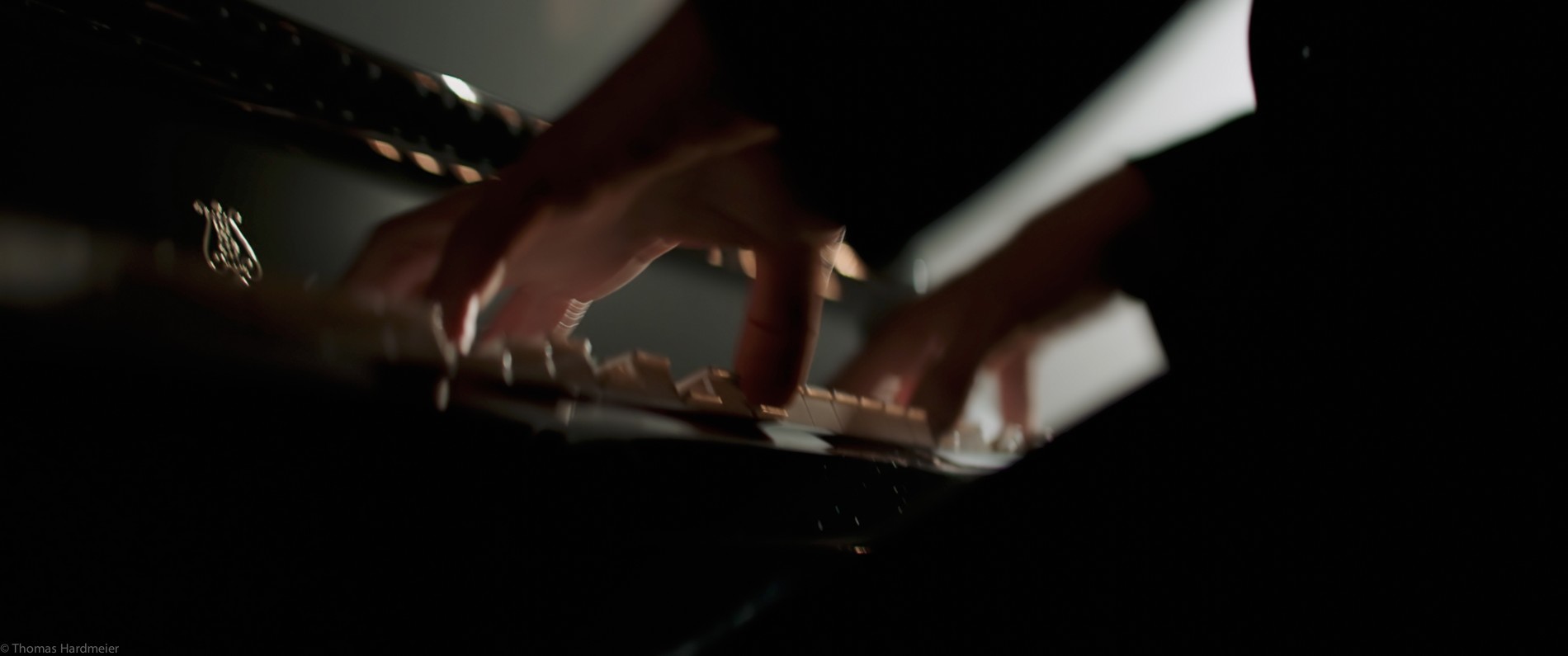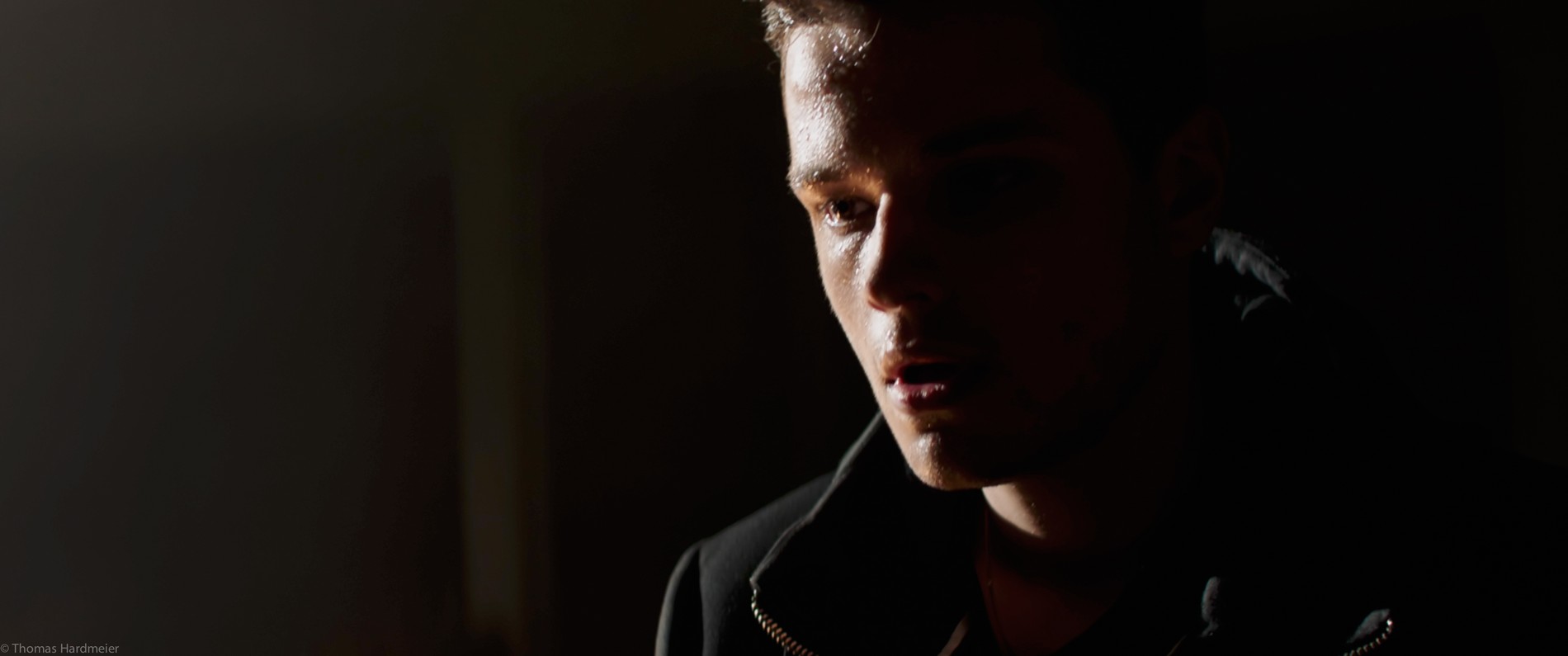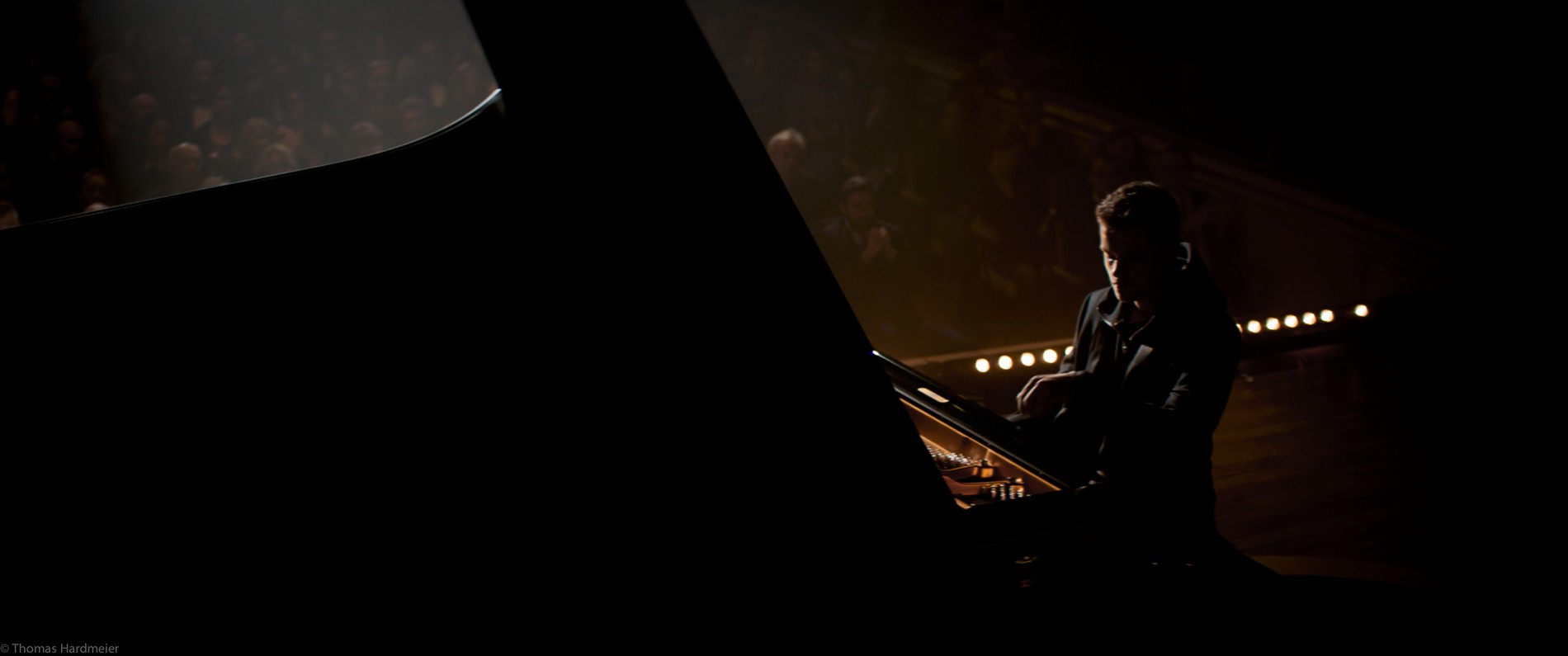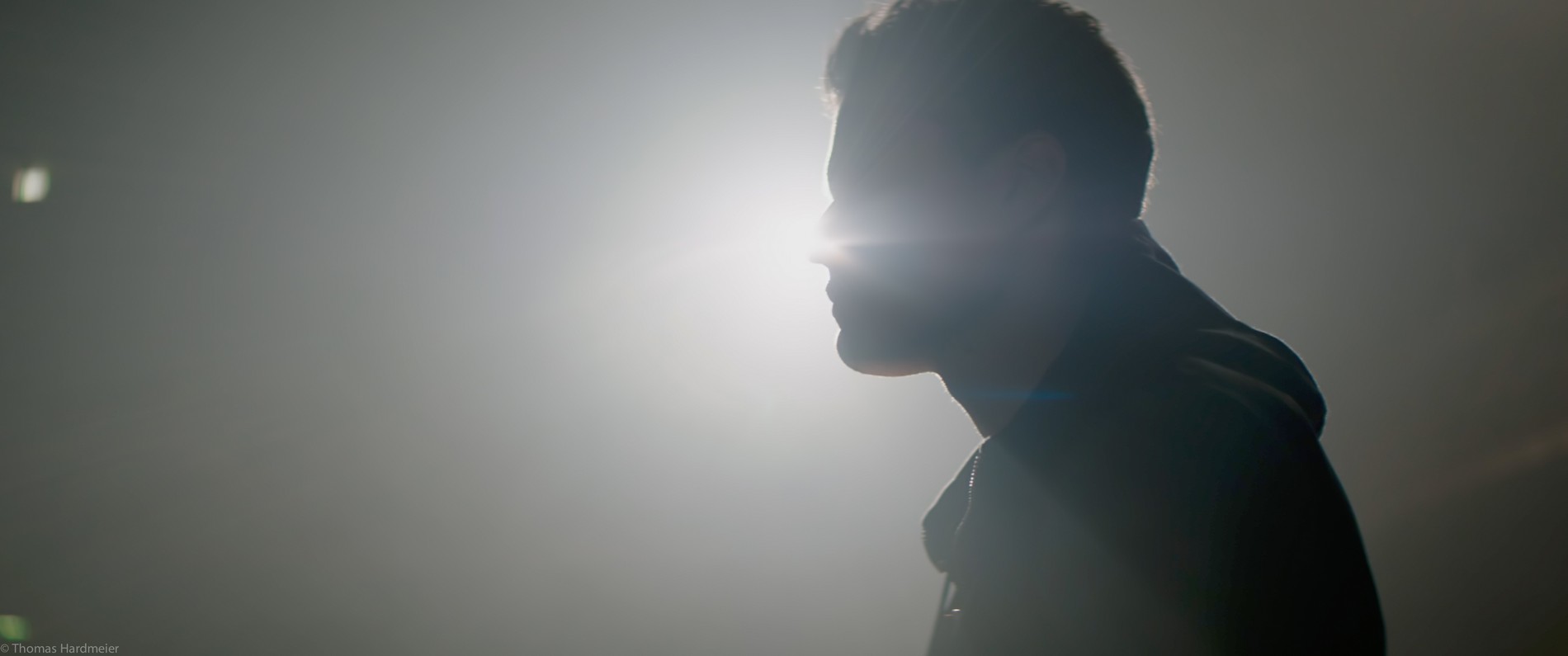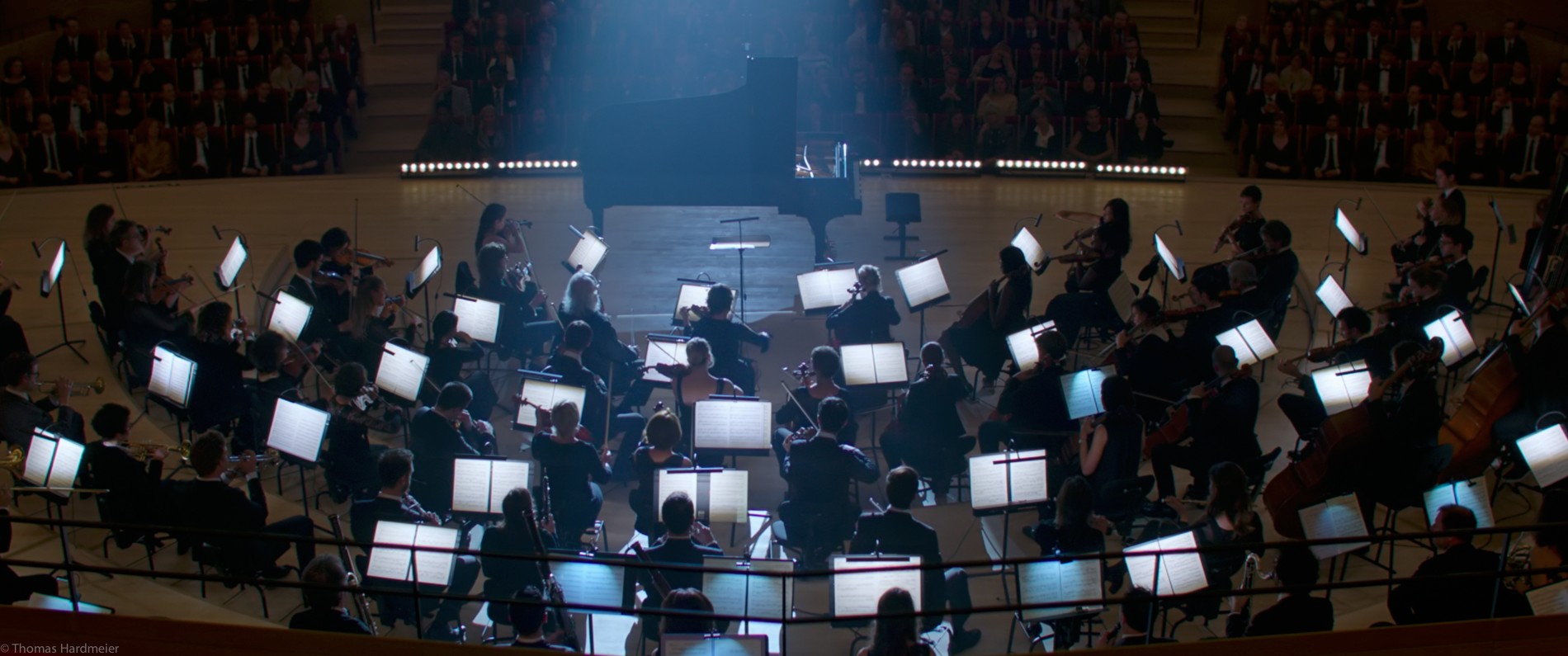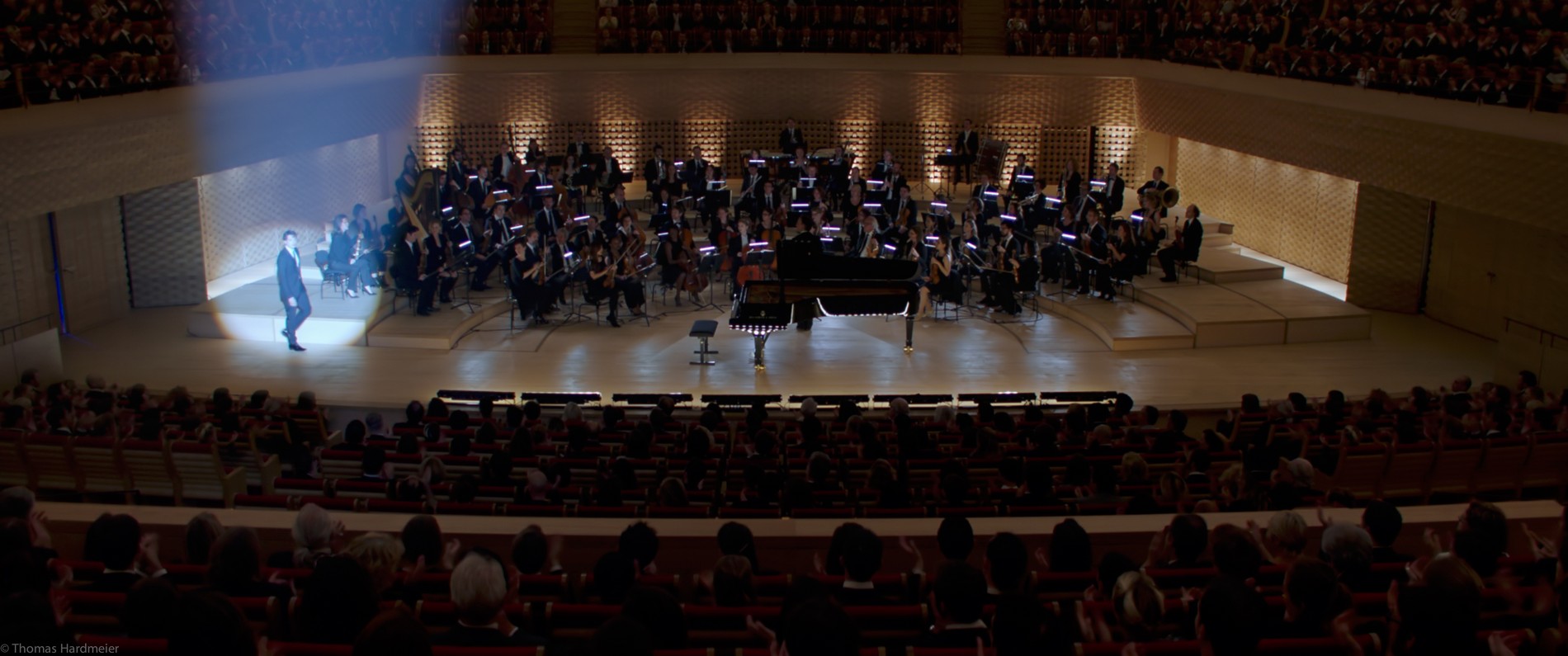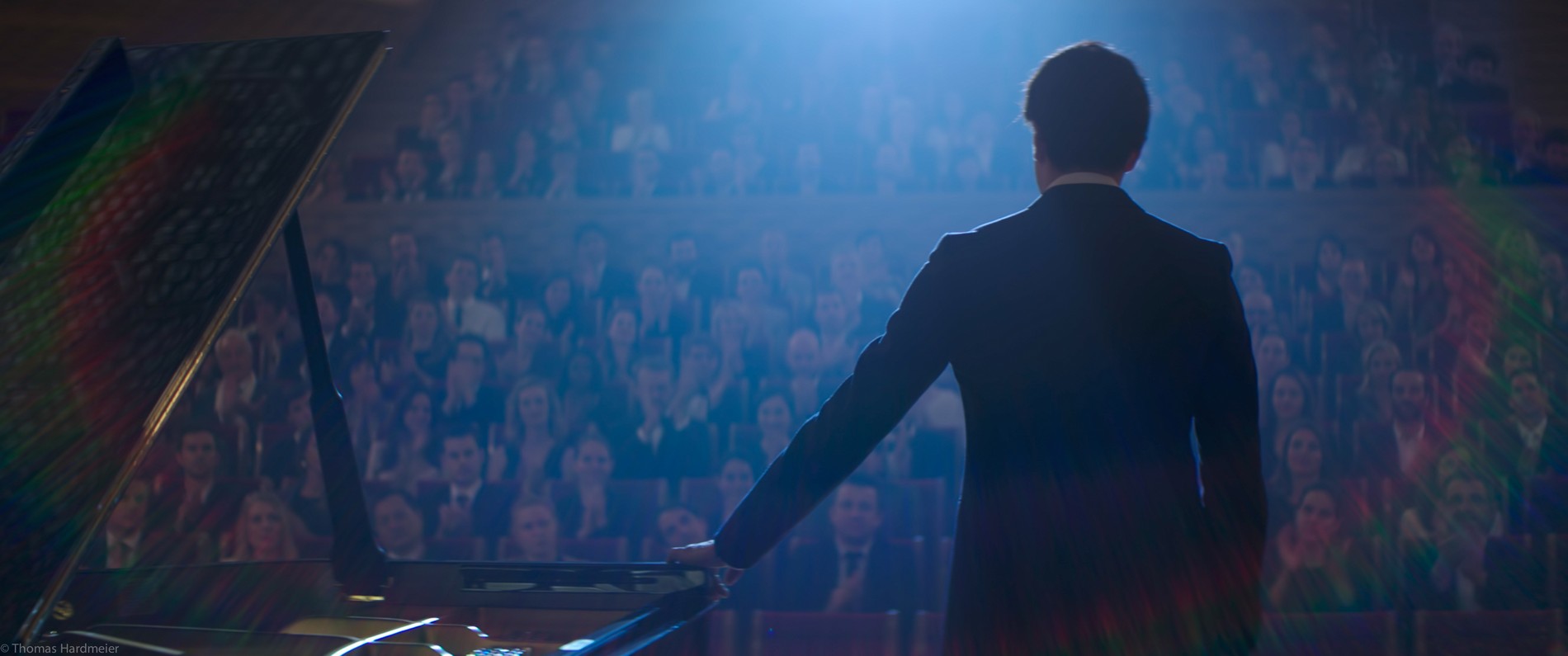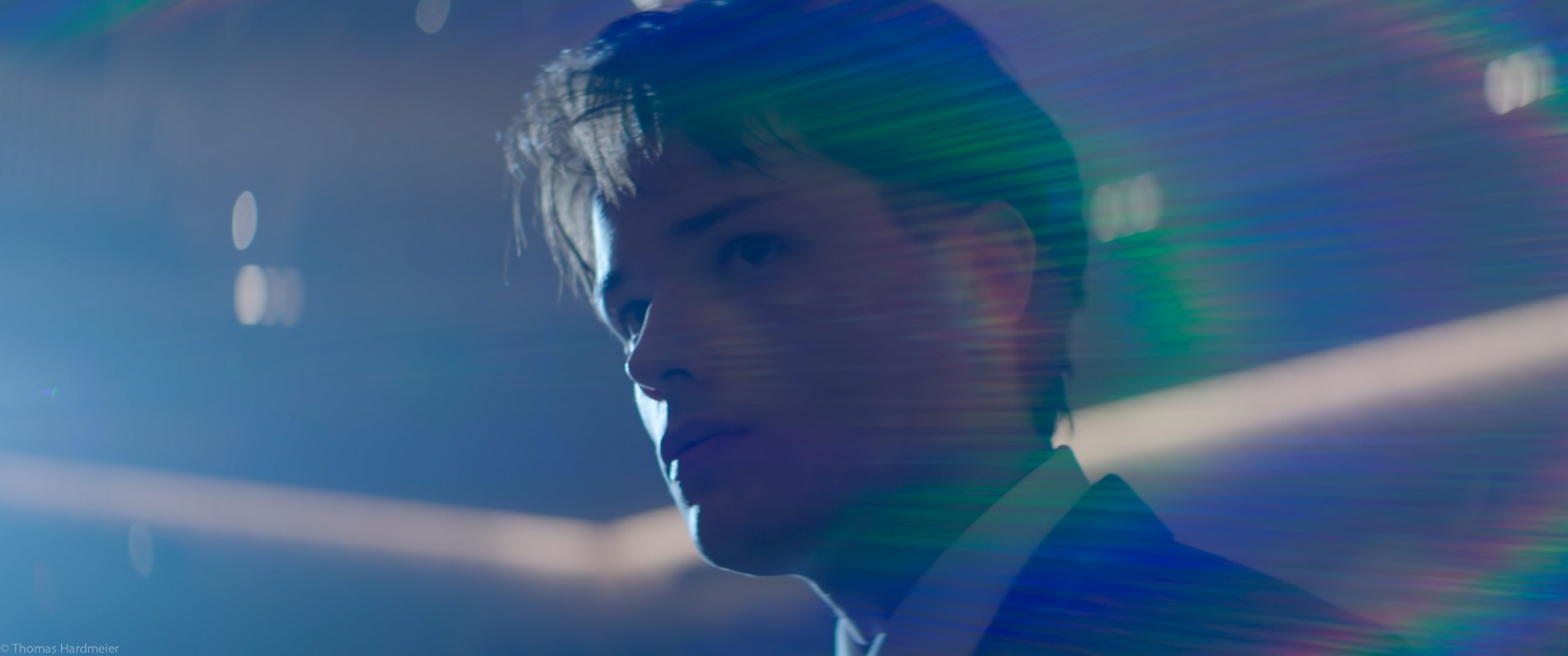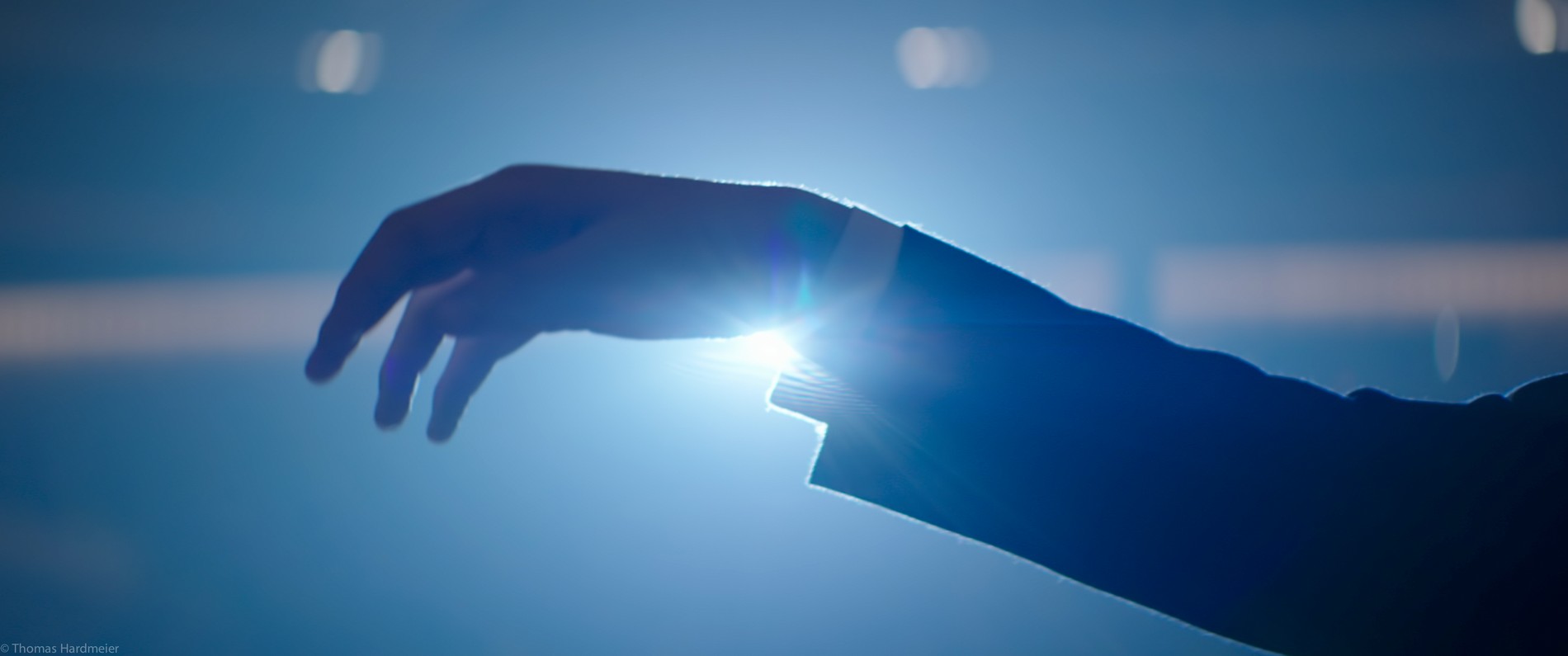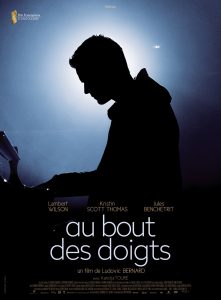
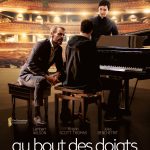
AU BOUT DES DOIGTS
IN YOUR HANDS
2018. Director: Ludovic Bernard
Starring: Kristin Scott Thomas, Lambert Wilson, Jules Benchetrit, Karidja Touré
Production: ReciFilms Paris-M.Rubin+E.Juhérian
June, 2018
The right look for french musical story ‘Au bout des doigts’
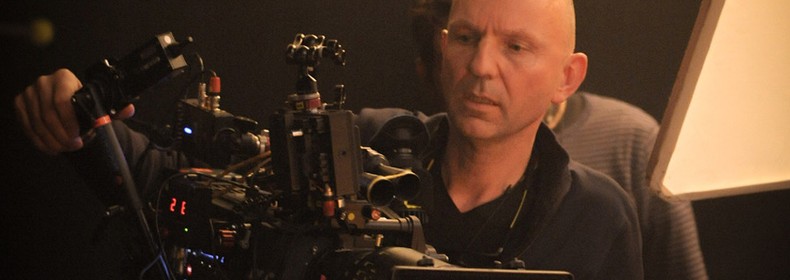
Thomas Hardmeier, AFC has crafted an enviable career as a cinematographer, with more than two dozen feature films to his credit, along with countless commercials for high end clients. Along the way, he’s worked with directors like Cédric Anger, Julien Leclerq, Hans Petter Moland and Jean-Pierre Jeunet. His film with Jeunet, L’Extravagant Voyage du jeune et prodigieux T.S. Spivet (The Young and Prodigious T.S. Spivet), took top honors in the 3D feature category at the 2014 Camerimage Festival in Poland and a Cesar Award the same year, and his work on Yves St. Laurent, a feature for director Jalil Lespert, earned a Cesar Award nomination for Best Cinematography.
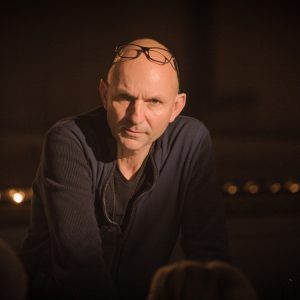 Hardmeier’s most recent narrative endeavor, In Your Hands (Au bout des doigts), stars Kristin Scott Thomas, Lambert Wilson and Jules Benchetrit in a tale of a talented pianist who comes from the suburbs, where music is his secret, and enters the rarified world of competitive classical music. Hardmeier and director Ludovic Bernard knew that contrasting these two worlds would be the key to their visual style. The challenge was to strike the right balance and not overwhelm the story and characters. Another concern was presenting the extensive practice scenes in a consistently interesting and engaging way.
Hardmeier’s most recent narrative endeavor, In Your Hands (Au bout des doigts), stars Kristin Scott Thomas, Lambert Wilson and Jules Benchetrit in a tale of a talented pianist who comes from the suburbs, where music is his secret, and enters the rarified world of competitive classical music. Hardmeier and director Ludovic Bernard knew that contrasting these two worlds would be the key to their visual style. The challenge was to strike the right balance and not overwhelm the story and characters. Another concern was presenting the extensive practice scenes in a consistently interesting and engaging way.
“The script gave us two worlds,” says Hardmeier. “One elegant, beautiful, expensive, and the other more real. We began by finding locations to distinguish these worlds.”
Color, contrast and lighting also helped delineate the settings. At times, the colors black and white were emphasized, a visual analog to the piano keys. In the more relaxed suburban world, Hardmeier punched up movement, contrast and color to give the images more life and romance.
The cameras were an Arri Alexa XT (in Arriraw 2.8K mode) and an Arri Mini (in 3.4K Arriraw OpenGate mode). The lenses were a set of Vantage Film’s T 1.7 MiniHawks – the first French feature to use them – and two Hawk V‑Plus Front Anamorphic zooms, with focal lengths of 45-90mm and 80-180mm. The MiniHawks leverage a unique design and patent-pending technology to preserve classic anamorphic characteristics while solving many of the inconveniences associated with traditional squeeze lenses. Compact, lightweight and fast, the MiniHawks are capable of super close focus, with minimal geometric distortion and no breathing during focusing.
“When I heard that Vantage came out with these lenses, I had to test them,” says Hardmeier. “I’ve shot a lot with Hawk anamorphic lenses, and I always find it interesting to see what they conceive at Vantage. When Au bout des doigts came up, I thought they would be great because I knew we’d have a lot of low light situations and small locations. I complemented them with the Hawk V‑Plus zoom lenses for some longer shots and situations where I needed to zoom slightly. It was a mixture of the two lens sets, about half and half, and I think it worked quite well – you don’t see any difference in the out-of-focus look, even in low light.”
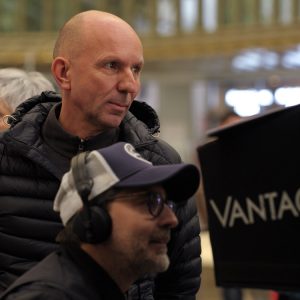 Steadicam/B camera operator Stéphane Chollet appreciated the lightness of the MiniHawks, and T-stop of 1.7 came in handy for first AC Fabrice Bismuth. One example was a night scene in which the cast and crew infiltrated an existing monthly roller-skating event through Paris, grabbing shots among a flowing crowd of 500 with a MoVI rig, a small electric camera car and some handheld camera. The out-of-focus city lights in the background display the signature bokeh.
Steadicam/B camera operator Stéphane Chollet appreciated the lightness of the MiniHawks, and T-stop of 1.7 came in handy for first AC Fabrice Bismuth. One example was a night scene in which the cast and crew infiltrated an existing monthly roller-skating event through Paris, grabbing shots among a flowing crowd of 500 with a MoVI rig, a small electric camera car and some handheld camera. The out-of-focus city lights in the background display the signature bokeh.
For another night scene shot along the Canal Saint Martin, Hardmeier shot with Vantage One T1 primes in order to shoot at T 1.5.
Another interesting situation was an exterior shopping center space with a vast, curved roof and a rectilinear floor. “Many of the locations, especially the music school and the final concert hall, were very architectural, with straight, modern lines,” says Hardmeier. “I knew that standard anamorphic lenses would be too curving, especially in wide angles – which I didn’t want at all for this film. For some films, like the Yves St. Laurent film, I have opted to shoot anamorphic because I was looking for a certain softness and curvature was suitable for a historical piece. But here, I really wanted the lines to be quite sharp and straight.”
The shallow depth of field inherent in anamorphic photography was a tool Hardmeier relished using.
“That’s why I love anamorphic,” he says. “I feel that the images are more evocative. I don’t want to just show a hand playing the piano. I want to deliver more of a feeling of what’s going on. With shallow depth of field, you bring the audience closer to the hand, and closer to the feeling of the player. As the film goes on, he’s getting better and better, and we try to move more and more with him to help evoke his virtuosity.”
Even the approach to exposure was designed to underscore the story. The camera was usually set to 1600 ASA to develop a bit more texture for the youthful, suburban world, while the classical music world was always exposed at the native setting of 800 ASA. Combined with some slight noise reduction, these images were as clean as possible.
“Everything we do, beginning with prep, contributes to the look of the film – the production design, the costume design, and so on,” says Hardmeier. “If I have a set of lenses I love, and we have a bad location, I still won’t be happy with the images. And of course, the final grading is very important, because you can refine the film with a bit more distance and objectivity, without the pressures of the set. But I think the most important aspect for me right now is the choice of lenses.
“On this film, I was very happy with how well the MiniHawks and the V‑Plus zooms matched,” he says. “In the future I should always have a set of MiniHawks with me when I shoot anamorphic, as they really are so helpful in situations where anamorphic can be complicated. And of course I am waiting for the MiniHawk zooms to come.”
The final color was handled by Richard Deusy at A La Plage, using Resolve.
“I framed at minus ten percent, which gives me the option to reframe a little, which I’ve been doing on anamorphic films,” says Hardmeier. “In post, I often used that spare room to widen out a bit – I often thought I was too close, especially for the big screen.”
Hardmeier’s choice of lenses on Au bout des doigts is just his latest Vantage collaboration in a long line.
“When I started to work in France, in 2003, we sometimes ordered specialized gear from Vantage in Germany,” he says. “Every time we’d get gear from them, it would arrive perfectly in the case, with everything that was needed. We never needed to specify an added cable – it was already there. We were always fans – especially the assistants – and we had the impression that this was a very good company.
“Once Alexander Bscheidl opened Vantage Paris, I instantly began to work with them, even though I didn’t really shoot a lot of anamorphic at that time,” he says. “They are just so good and reliable. And then, of course, I’ve discovered all their anamorphic series, and the Bethke Filters, and all the fantastic tools they make. It’s so much easier dealing with just one person for the technical aspects, the money aspects and the gear. Even today, you can understand everything about this company by looking at the design of the cases. It’s so precise. Everything is checked and solved.”
This fall, Hardmeier’s work can also be seen in L’Amour est une fête (Paris Pigalle), which set in the 1980s in the Parisian underworld of red light district. He shot the film with Vantage Film’s Vintage’74 anamorphics.
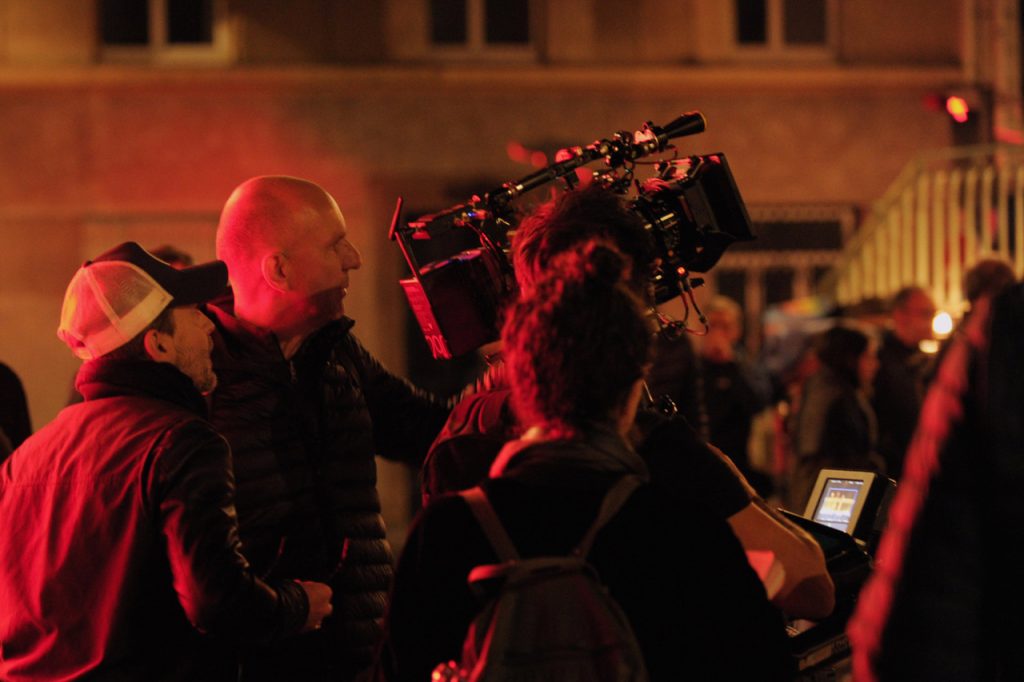
all images ©VALLETOUX
«Au Bouts des doigts» de Ludovic Bernard
avec Kristin Scott Thomas, Lambert Wilson, Jules Benchetrit, Karidja Touré….
sortie: 26.12.2018
Plusieurs mondes …sensuels,musicaux,ordinaires, feutrés…
Ce qui m’a intéressé au-delà de cette belle histoire positive ce sont ces univers très divers et variés dont je voulais capter leurs essences par des ambiances lumineuses.
INSPIRATIONS
Films :
Whiplash Damien Chazelle+Sharone Meir
Shine Scott Hicks+Geoffrey Simpson
Le pianiste Polanski+Pavel Edelman
Films Scorsese en general pour mouvement :
Color of Money Scorsese+Michael Ballhaus
Raging Bull Scorses+Michael Chapman
New York Stories/Segment Scorsese+Nestor Almendros
Photos :
Grégory Crewdson
Alex Webb
QUELQUES DETAILS TECHNIQUES
-37 jours de tournage
-Format 2.39 :1
-tourné avec la nouvelle série Mini Hawk de Vantage + 2 Zooms Hawk frontanamorphic + Vantage One (pour la seq Canal Saint Martin)
-exposé à 800ASA et puis 1600ASA pour le monde de Mathieu pour avoir une texture et protéger les hautes lumières
-DCP normal + DCP Eclair Color
UN MERCI EN PARTICULIER A
-Philippe Chiffre pour ses décors
-mon équipe toute entière en particulier Laurent Héritier+Sylvain Bardoux+Fabrice Bismuth et leurs équipes respectives
-Ludovic B + Fabrice pour les magnifiques plans de la seq à New York
-Stéphane Chollet au stead
-Evy Roselet pour l’étalonnage des rushs
-Richard Deusy pour l’étalonnage finale
-Alain Carsoux CGEV pour les VFX
-Alexander Bscheidl de Vantage Paris
-Laurent Kleindienst de TSF pour l’éclairage+ la machinerie
-Eclair Color pour leur DCP en Eclair Color
EQUIPE
Production Reci Films, Mathias Rubin + Eric Juherian
Directeur de Production Pascal Roussel
Production designer Philippe Chiffre
Costume designer Marylin Fitoussi
Editor Romain Rioult
steadicam+2nd caméra Stéphane Chollet
1.AC Fabrice Bismuth
Gaffer Laurent Héritier
Grip Sylvain Bardoux
Dailies Grader Evy Roselet sur Resolve
Colorist Richard Deusy sur Resolve
TECHNIQUE
Cameras/Lenses Vantage Paris
– Alexa Studio XT en Arri Raw 2.8K en scope
– Alexa Mini en sphérique en 16:9 +
– 3.4K –Arri Raw –OPEN GATE pour les Minihawk
– cadré en 2.39 + saftey à 90%
– Mini Hawk
– Hawk Frontanamorphic zooms
– Hawk Serie Vantage One (pour la séquence Canal Saint Martin)
Lighting+Grip Equipment Ciné Lumières + TSF
Digital Lab A La Plage
VFX CGEV – Alain Carsoux
